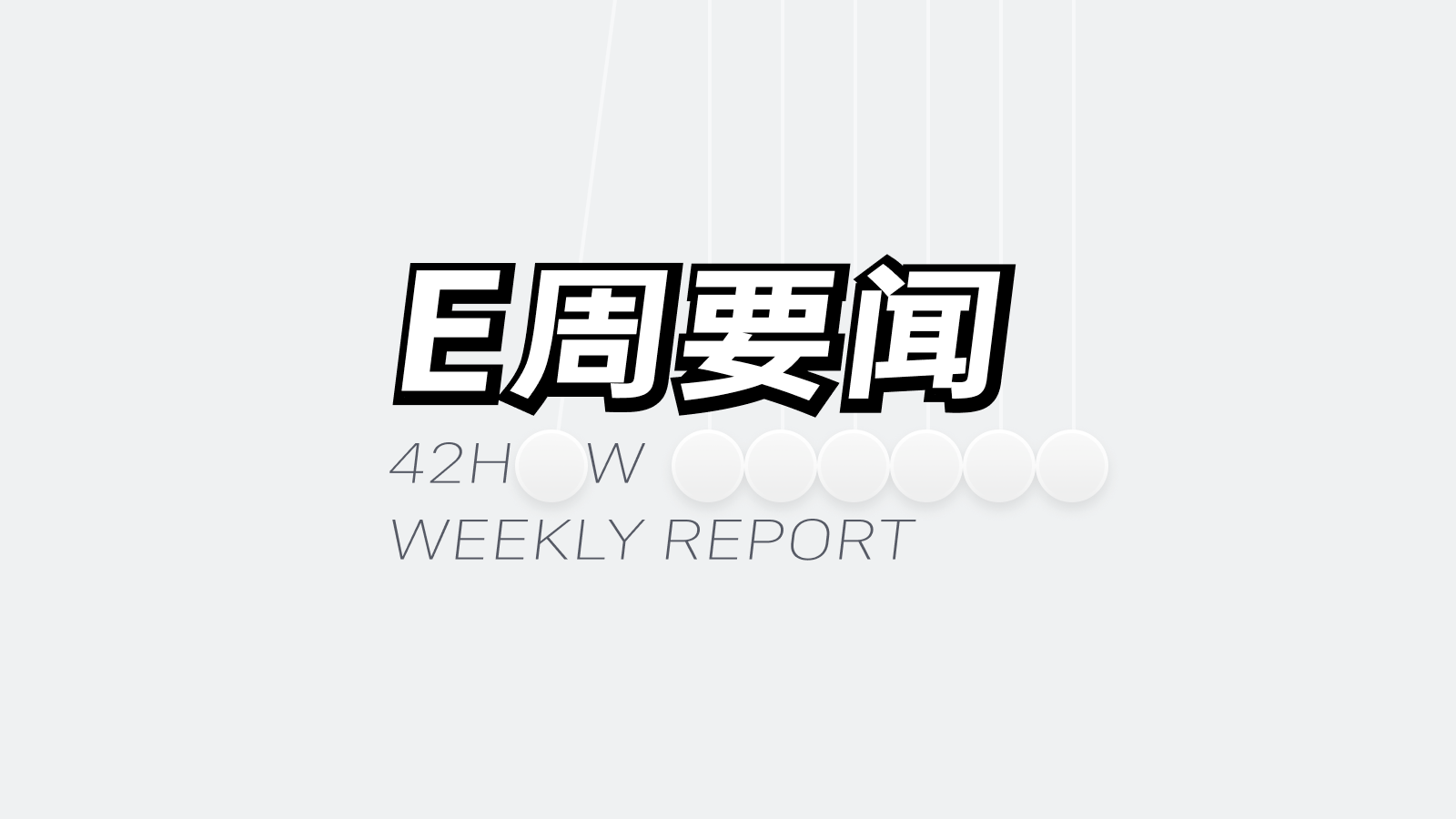Weekly Index
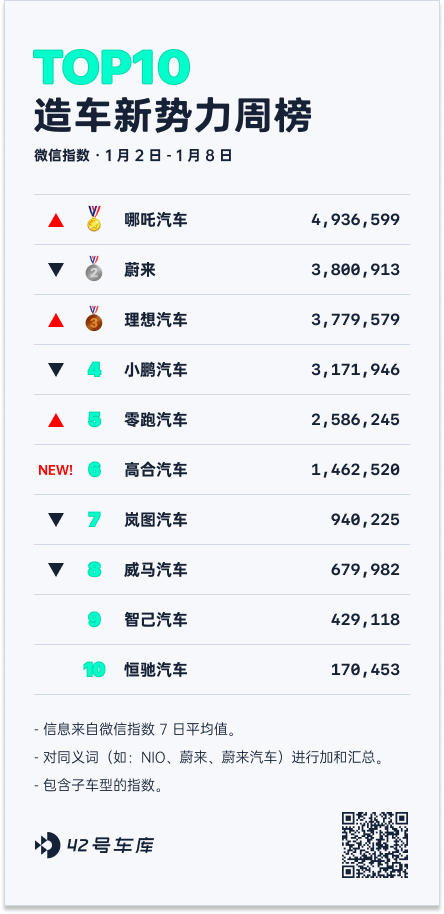
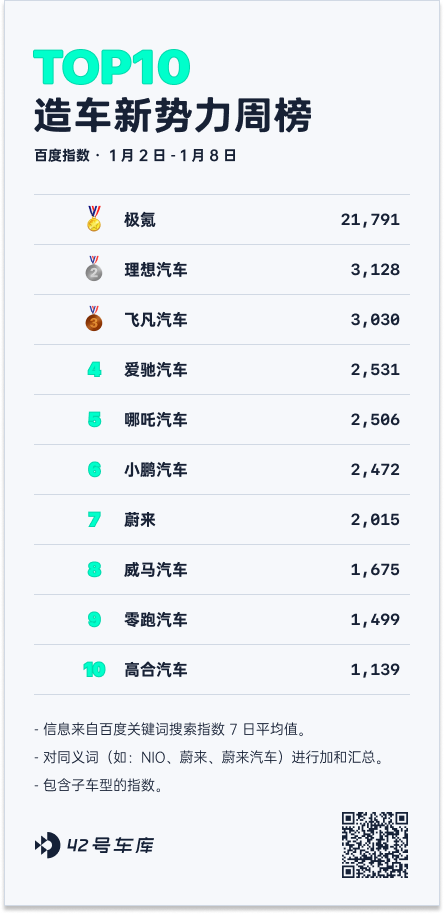
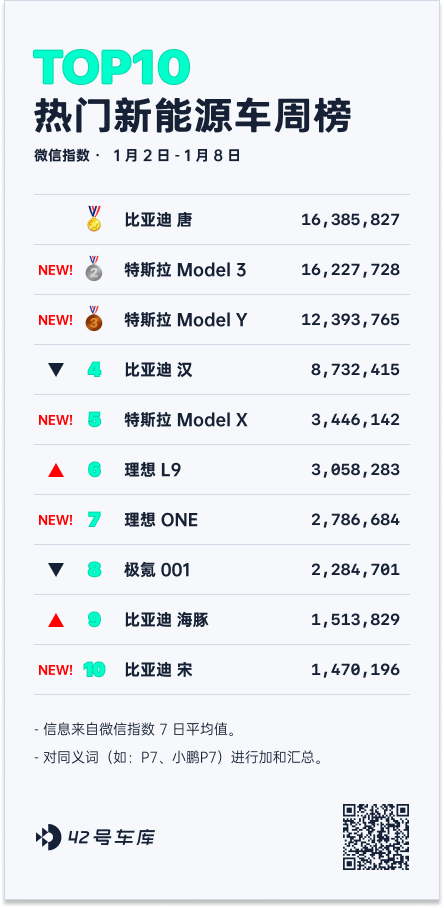
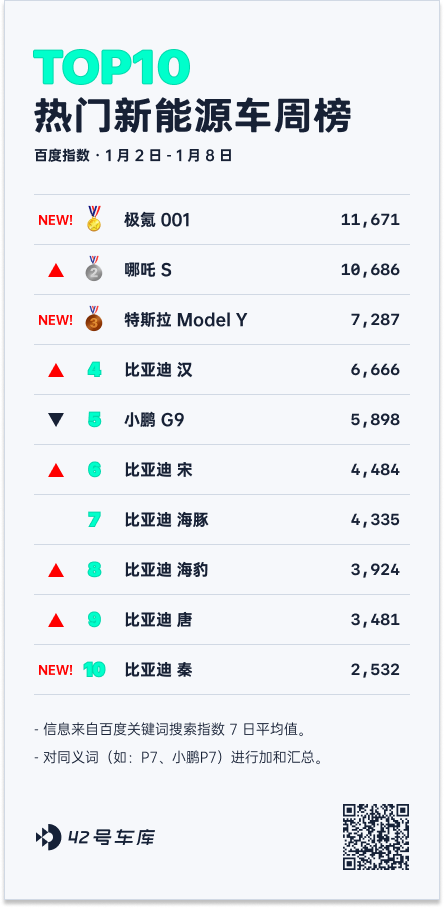
Weekly News
Tesla Slashes Prices to Historic Lows
On January 6th, Tesla China announced new prices for Model S/X, and launched yet another round of price cuts for Model 3/Y. This time, all Tesla models sold on its official website in China have hit the lowest prices in history:
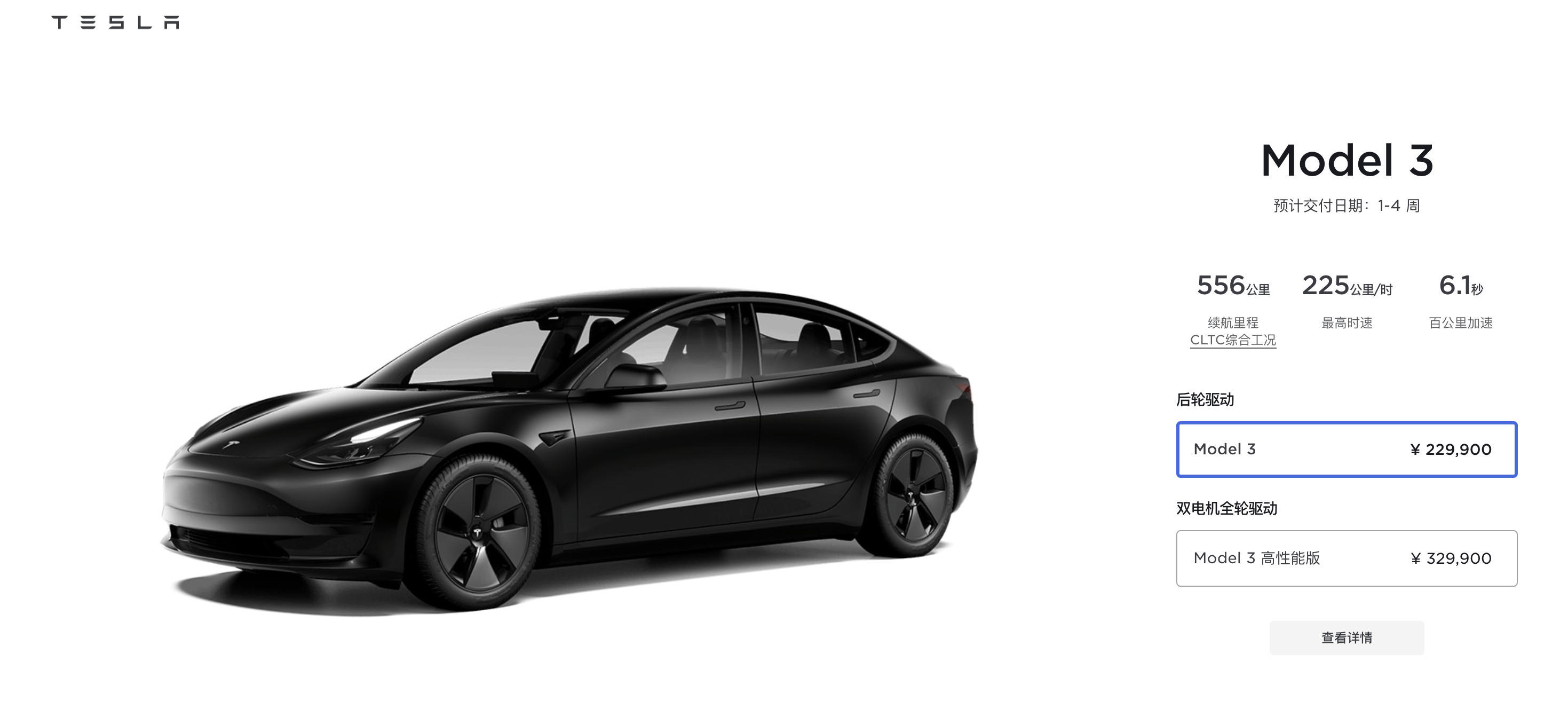 – Model 3 Rear-Wheel Drive priced at 229,900 yuan, reduced by 36,000 yuan;
– Model 3 Rear-Wheel Drive priced at 229,900 yuan, reduced by 36,000 yuan;
- Model 3 Performance priced at 329,900 yuan, reduced by 20,000 yuan;
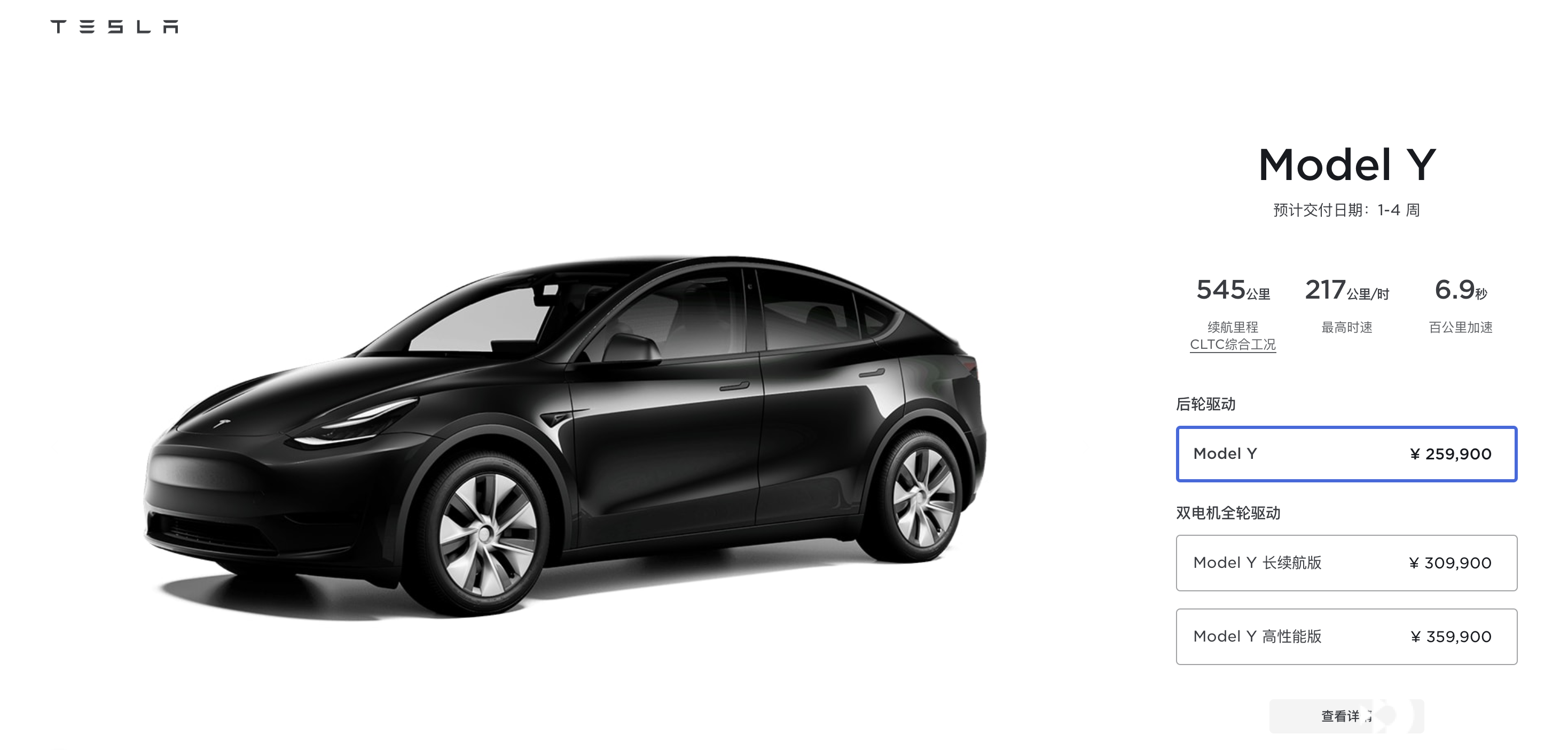
- Model Y Rear-Wheel Drive priced at 259,900 yuan, reduced by 29,000 yuan;
- Model Y Long Range priced at 309,900 yuan, reduced by 48,000 yuan;
- Model Y Performance priced at 359,900 yuan, reduced by 20,000 yuan.
One of the most important reasons for Tesla’s price reduction is oversupply. With the monthly production capacity of the Shanghai factory reaching 100,000 units, Tesla’s production capacity has gradually surpassed demand. Tesla, which follows the direct sales system, cannot press dealers to stock up products like traditional car companies, so it chooses to balance supply and demand by reducing production.
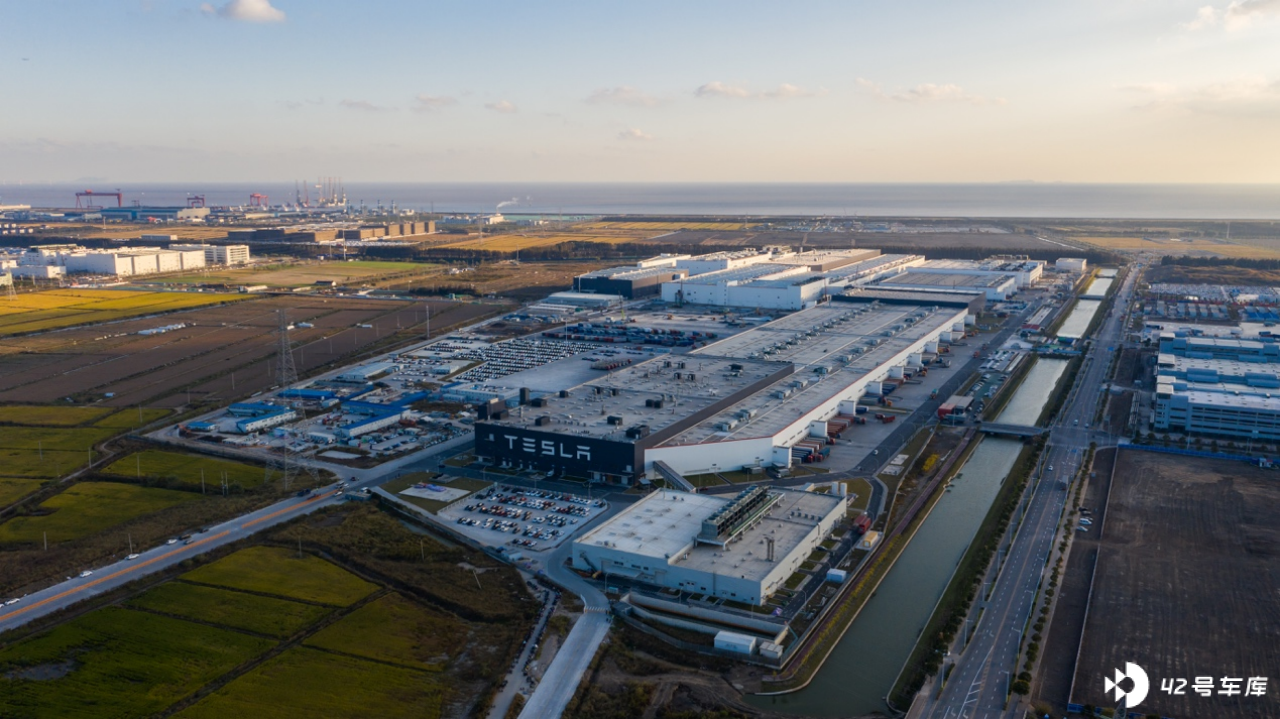
There are actually many choices for Tesla to achieve bigger sales, besides the price reduction, it can also add configurations to the existing models, launch facelift models or expand the product line to release new cars.
In the end, Tesla chose the easiest and fastest way with immediate effect, which is the price reduction. One of the core factors that makes Tesla dare to do so is that there is a large space for price reduction in its gross profit.
During the production ramp-up phase, Tesla’s vehicle gross profit margin is constantly refreshing the understanding of the automotive industry, while continuously reducing its price. In 2022Q1, Tesla’s vehicle gross profit margin reached as high as 32.9%, and in the latest financial report in 2022Q3, it was 27.9%.
For the current domestically-produced Tesla, the gross profit is still far from the danger zone, and idle production capacity at this time will be more harmful than beneficial. Therefore, reducing the price now is Tesla’s “price-for-volume” strategy under the consideration of maximizing efficiency.
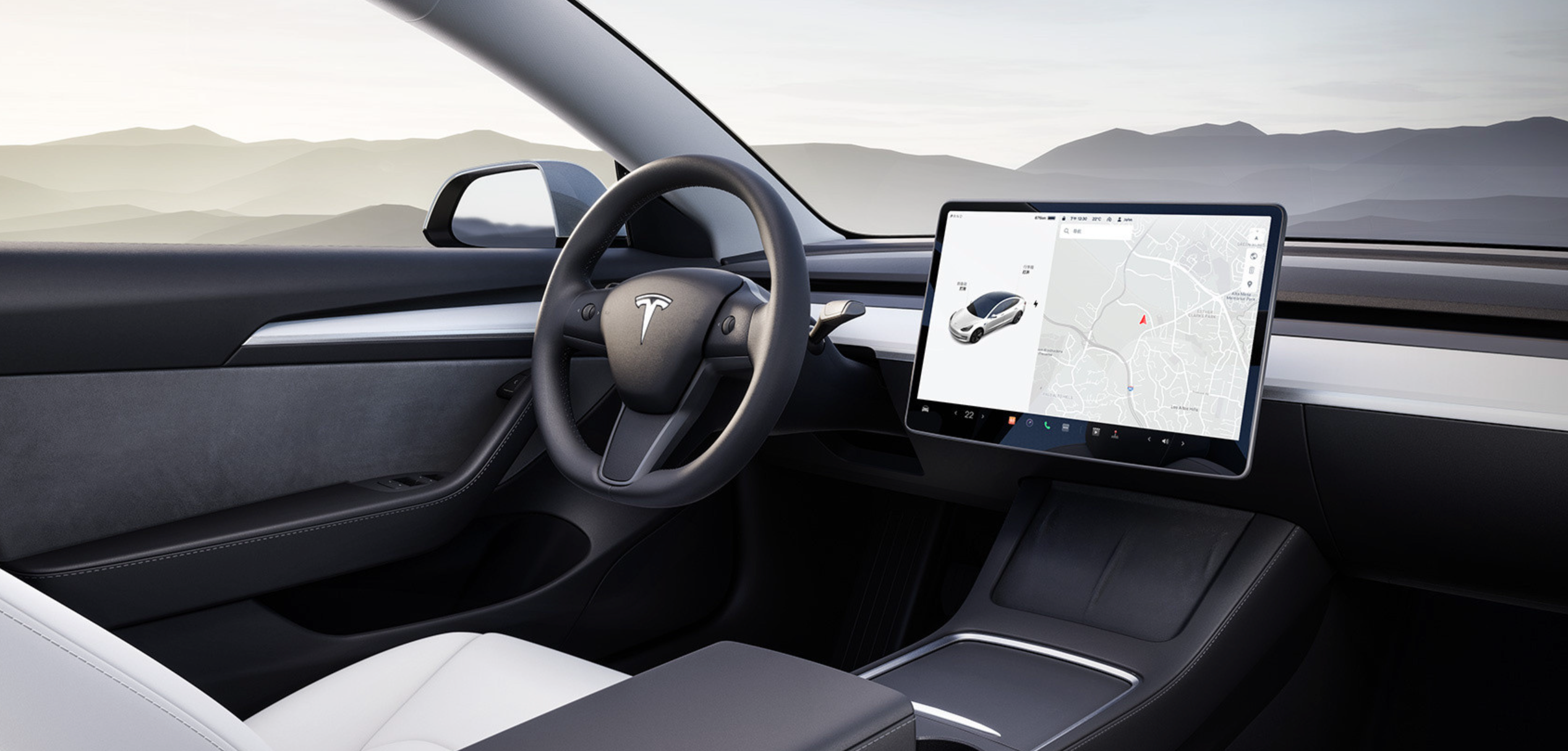
In terms of the economic background, as the domestic COVID-19 situation gradually recovers, the price of battery raw materials has also entered a downward phase. Therefore, Tesla’s price reduction at this time will not have a long-lasting impact on the gross profit, which is also a reasonable decision.
On the other hand, the “continuous price increase” after 2021 has gradually made Tesla lose its most important cost-performance label, while more cost-effective models than Tesla are constantly emerging, undoubtedly causing a certain impact on Tesla’s sales.
Quick Comment:
In fact, as early as January 1st, Tesla has already carried out an invisible price reduction-maintaining the original price. Since 2023, China’s new energy vehicle subsidy will officially exit the historical stage, and some car companies have begun to announce price increases. Tesla’s maintenance of the original price actually means that the car company has backed the national subsidy, but Tesla did not announce this like XPeng Motors did. This is also the first time that Tesla has backed the national subsidy after entering the Chinese market for sales.
After Tesla reduced its price this time, it is no surprise that there is again a situation where car owners collectively defend their rights, becoming the second hot spot after Tesla’s price reduction. In fact, this phenomenon is easy to explain. Users will only be dissatisfied when their interests are harmed, and every price reduction by Tesla under the direct sales system means that users who bought cars at a higher price have suffered losses, and they are completely unaware of this beforehand.
It is not yet clear whether this price reduction will have a positive or negative impact on Tesla. Perhaps it will only be revealed when Tesla announces its sales volume next time.
Yanging Auto releases tough off-road and supercar products
On January 5th, at the Yanging brand and technology launch event, Yanging Auto officially released its first tough off-road product U8 and a supercar U9 with a zero-to-100 km/h acceleration in 2 seconds. As the first batch of models for high-end brands, BYD has chosen very niche market new energy hard-core SUVs and new energy supercars.
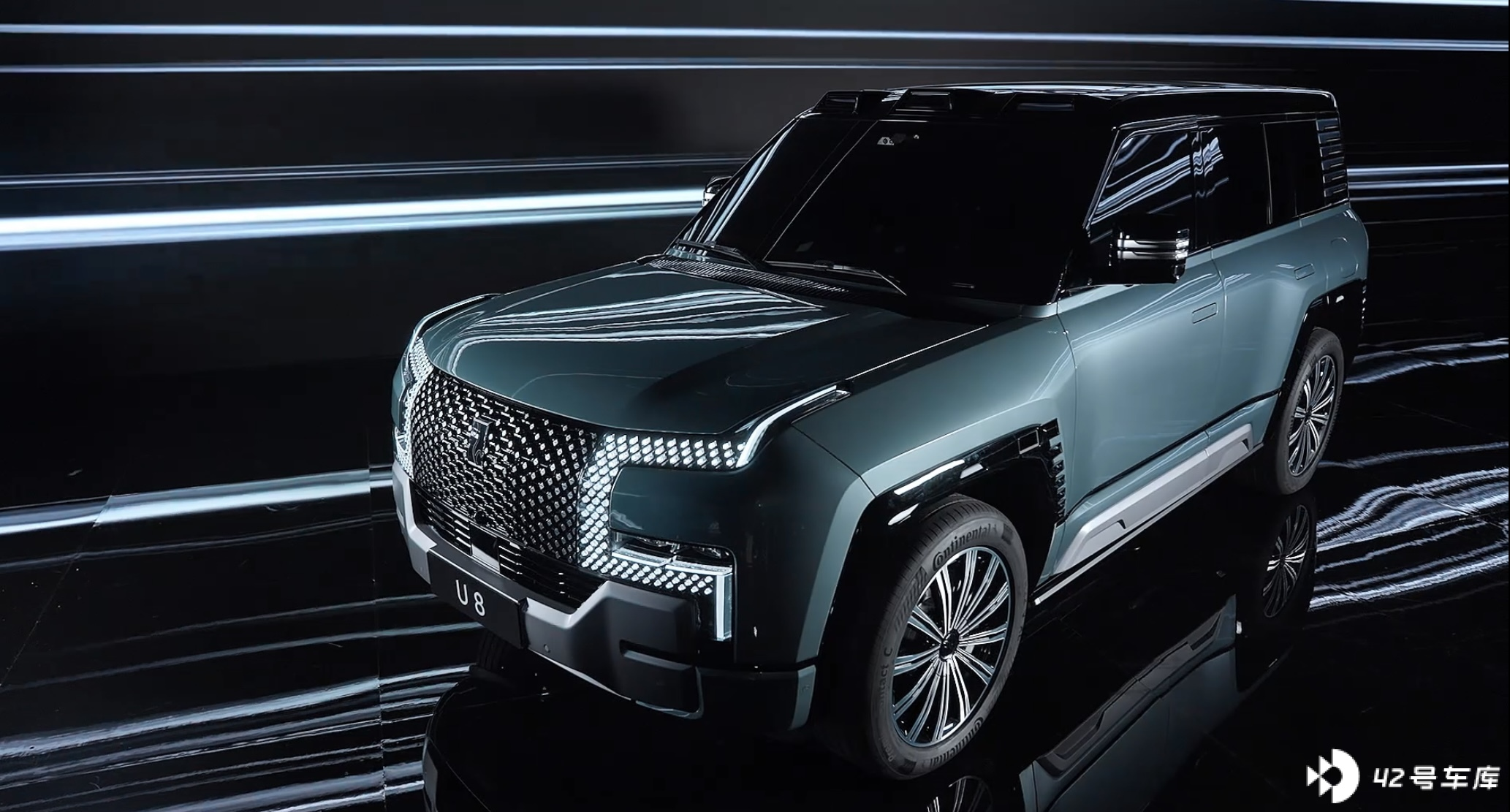
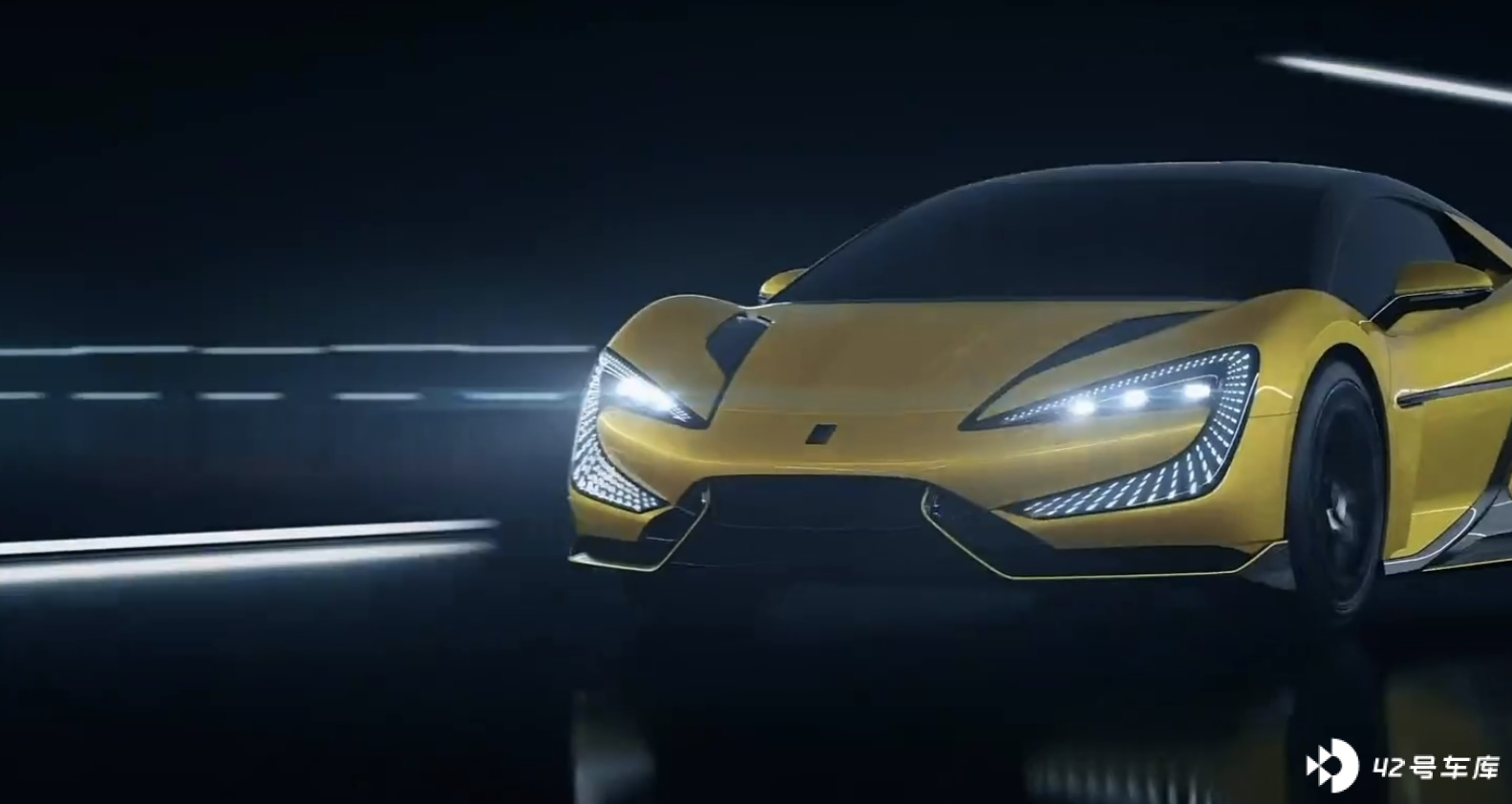
In May last year, Li Yunfei, general manager of the BYD brand and public relations business unit, stated that BYD’s passenger car business consists of the Wangchao, Haitian, DENZA, and high-end brands, excluding the joint venture DENZA. The most expensive full-owned operating product was only ¥342,800 Tang EV.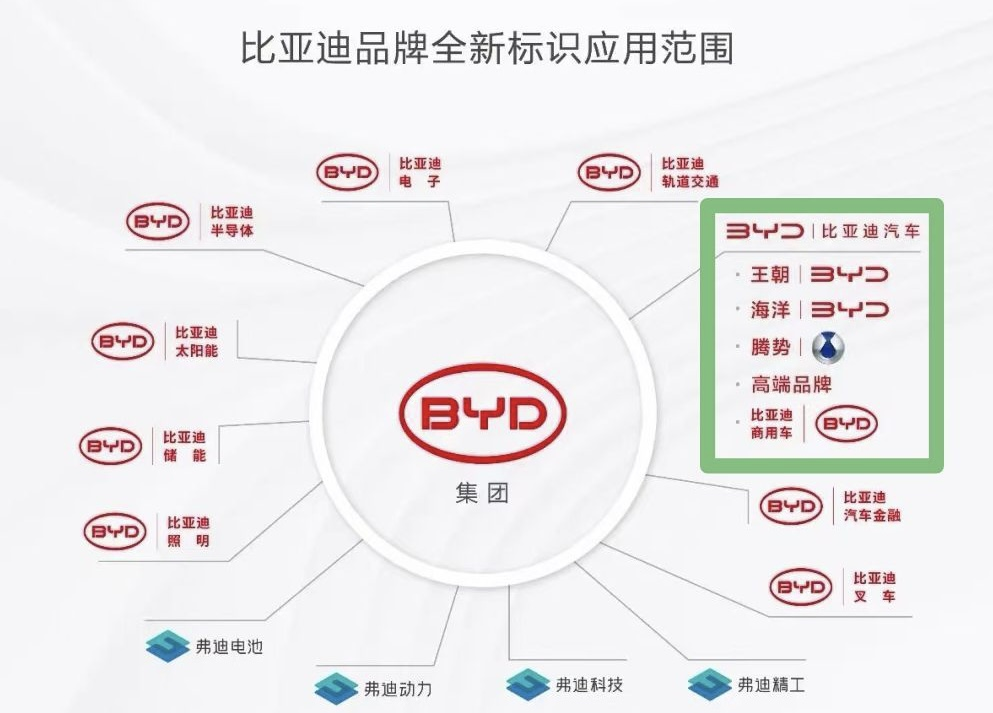
Since the first public announcement of its high-end brand “Enovate” on November 8, 2022, the news of Enovate’s first high-end hardcore off-road vehicle priced at over a million yuan has been constantly appearing in the public eye, which is in stark contrast to BYD’s current product positioning.
In the past two years, the Tank brand of Great Wall has been filling this gap of hardcore SUV in the domestic market, with the most expensive Tank 500 top configuration costing only RMB 3.95 million. The only comparable competitor to Enovate U8, within the millionaire price range, seems to be the 110 series of the old British off-road brand, the Land Rover Defender.
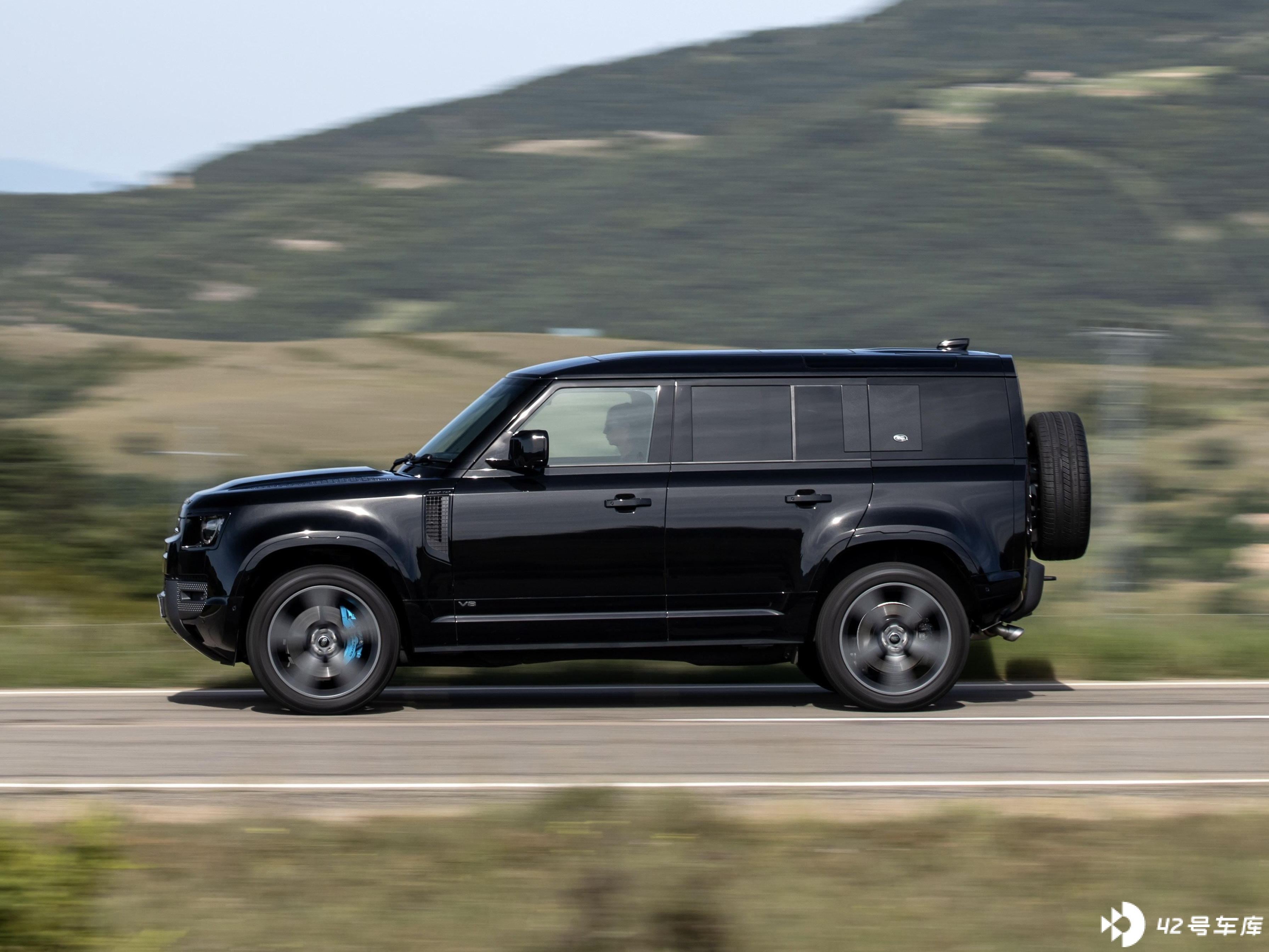
In terms of appearance, Enovate U8 gives people the impression of a million-level hardcore SUV. However, its originality is not high, and the vehicle’s outline has a certain degree of similarity to the Land Rover Defender 110.
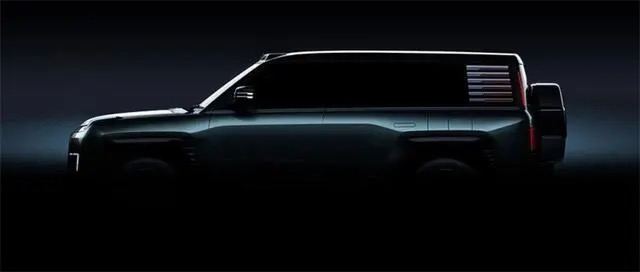
After the appearance, the press conference highlighted the four-motor four-wheel drive technology of Enovate U8. This is also the key for BYD to sell Enovate U8 at a high price with the belief of it having the top-level core technology.
Enovate U8 is equipped with four-motor four-wheel drive technology, which is officially called the “EasyFour” platform. Enovate U8 uses 800V silicon carbide motors, with single motor peak power of 220-240 kW, torque of 320-420 N·m, and acceleration of 0-100 km within 3 seconds, and the maximum horsepower is directly up to 1,100 horsepower.
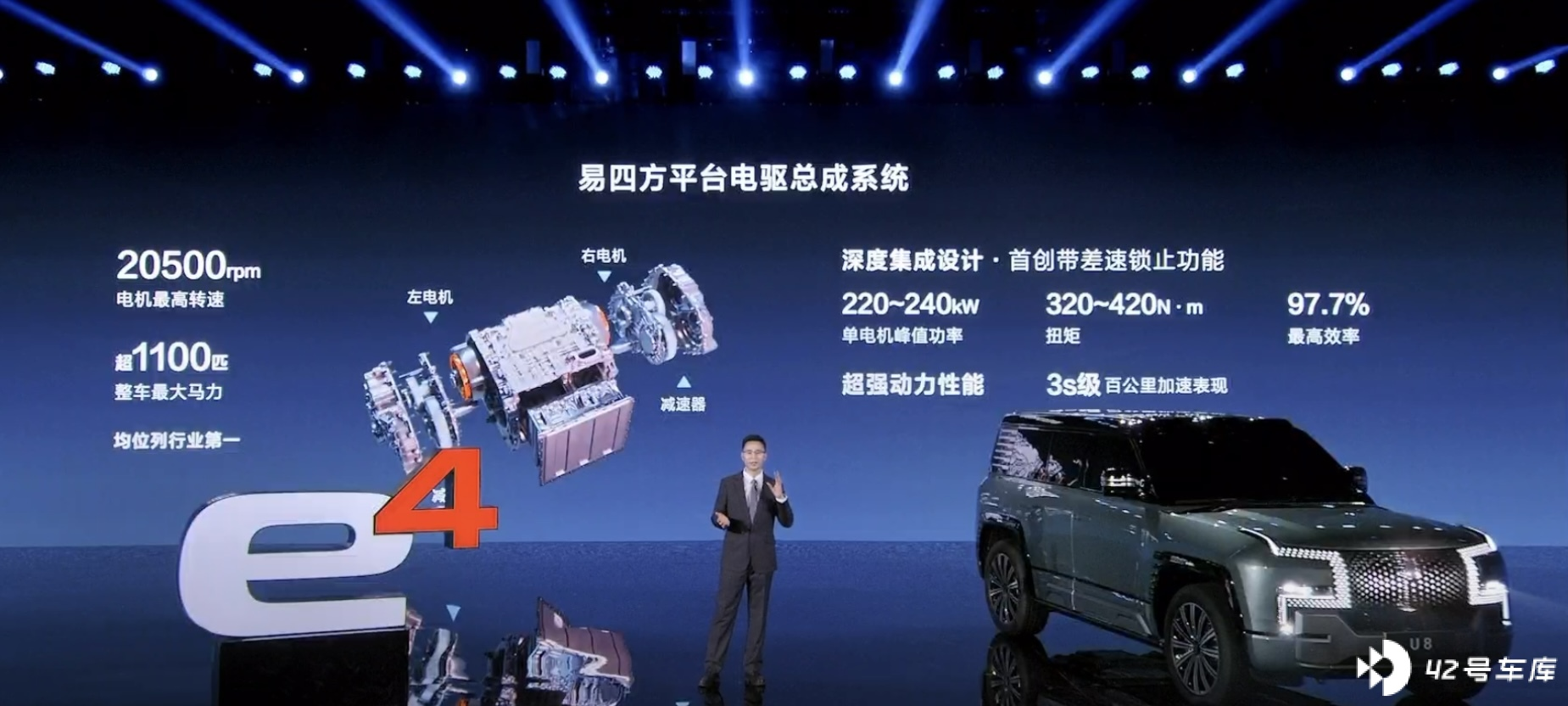
On paper, its performance parameters have exceeded the GMC Hummer EV, which is quite terrifying for an SUV of its size.
Although the company has not yet announced the specific power form of Enovate U8, we can see from the perspective view that Enovate U8 is equipped with a small blade battery placed between the beams.
There is an internal combustion engine on the front axle, which may be the power form of DM-i. Since there is a subframe structure, it is obvious that the U8 adopts a non-load-bearing body structure. In the case that the entire Land Rover series has changed from non-load-bearing to load-bearing, the U8 still retains a non-load-bearing body structure and looks very tough. This enables the vehicle to have stronger performance in facing steep slopes, large potholes, and other scenarios.
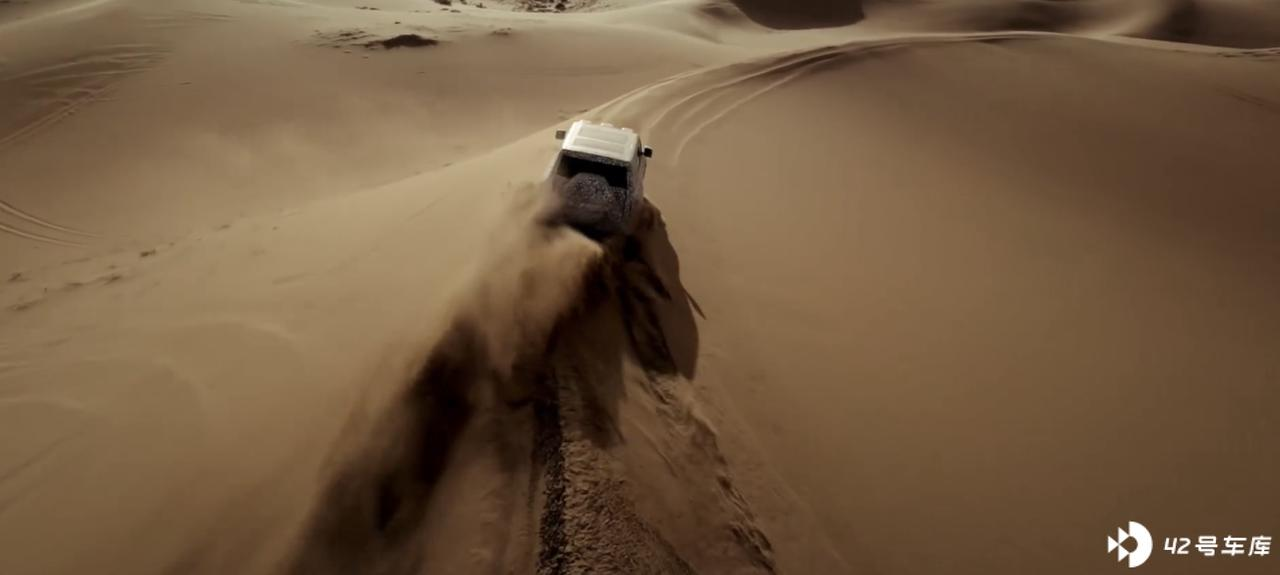
Under the power parameters and body structure, the four-wheel drive technology of the “Yi Sifang” platform on U8 has great importance. The four motors of the U8 can independently control the torque size and direction of each wheel. For example, when one side of the vehicle has a flat tire, it can stabilize the body by reversing the motor to help the driver avoid the danger of losing control.
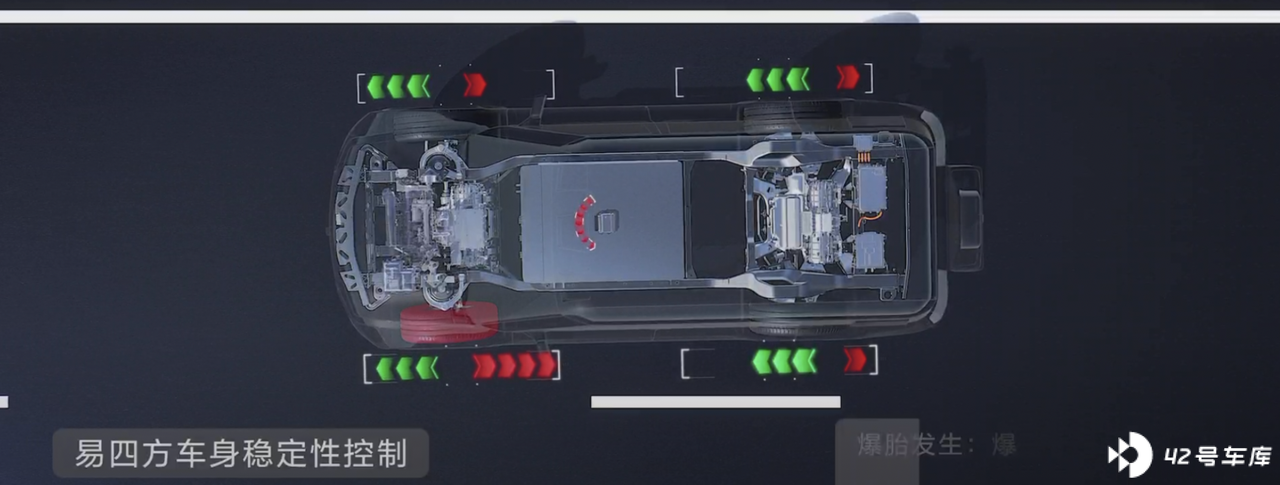
At the same time, the “Yi Sifang” four-wheel drive system can also achieve ultimate anti-skid control through independent torque distribution, which is another upgrade in traction control after the release of the iTAC technology with BYD Dolphin last year.

Since it is positioned as a hardcore SUV, U8 also has unique use cases in the wild. Thanks to the ability to independently control the torque size and direction of each wheel, the U8 can also achieve the tank-like pivot turn. This technology seems to have been seen in Hummer EV and the Rivian R1T, and the functions demonstrated by the U8 next are a bit shocking.
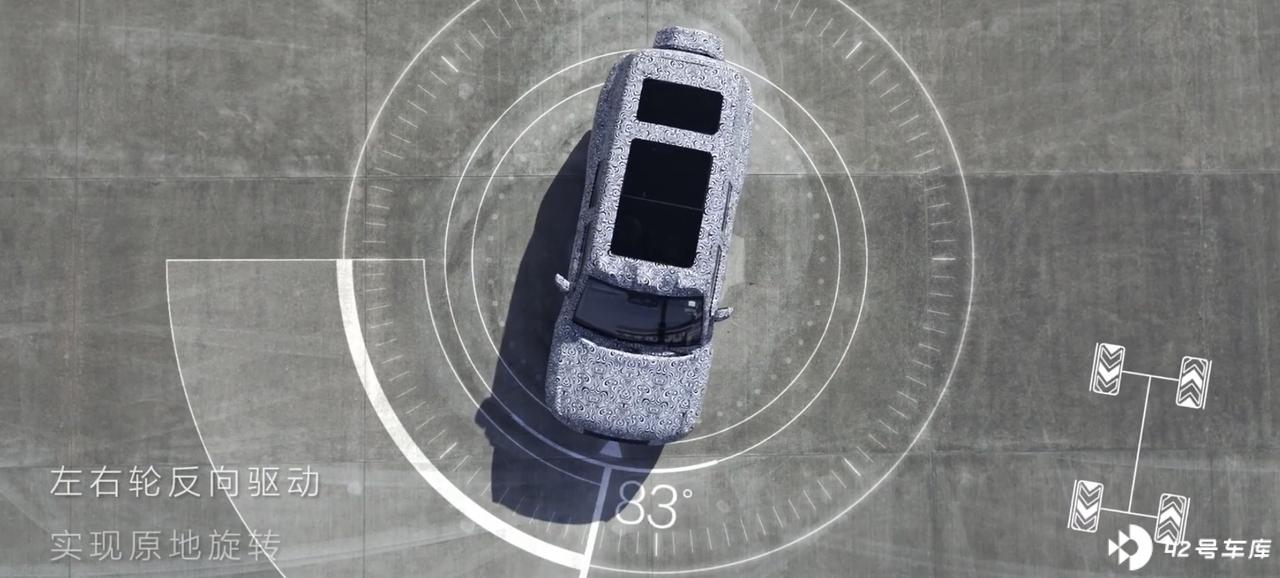
With an IP68 waterproof rating, the U8 can not only wade through water but also achieve emergency buoyancy function through the “Yi Sifang” four-wheel drive technology. By distributing the driving force of the four motors, the vehicle can move straight or sideways in the water. From the promotional video, we can even see eddies in the water. This function is indeed uncommon.

In addition, Enovate has unveiled the fusion perception hardware of U8, which contains not only conventional cameras, millimeter-wave radars, and ultrasonic radars, but also lidars. On the side of the patent diagram, it can be seen that the laser radar module is built into the surrounding of the wheel and the module of the rear-facing camera is also integrated into the gear-shaped structure of the surrounding. It remains to be seen whether the roof of the car is equipped with lidars.
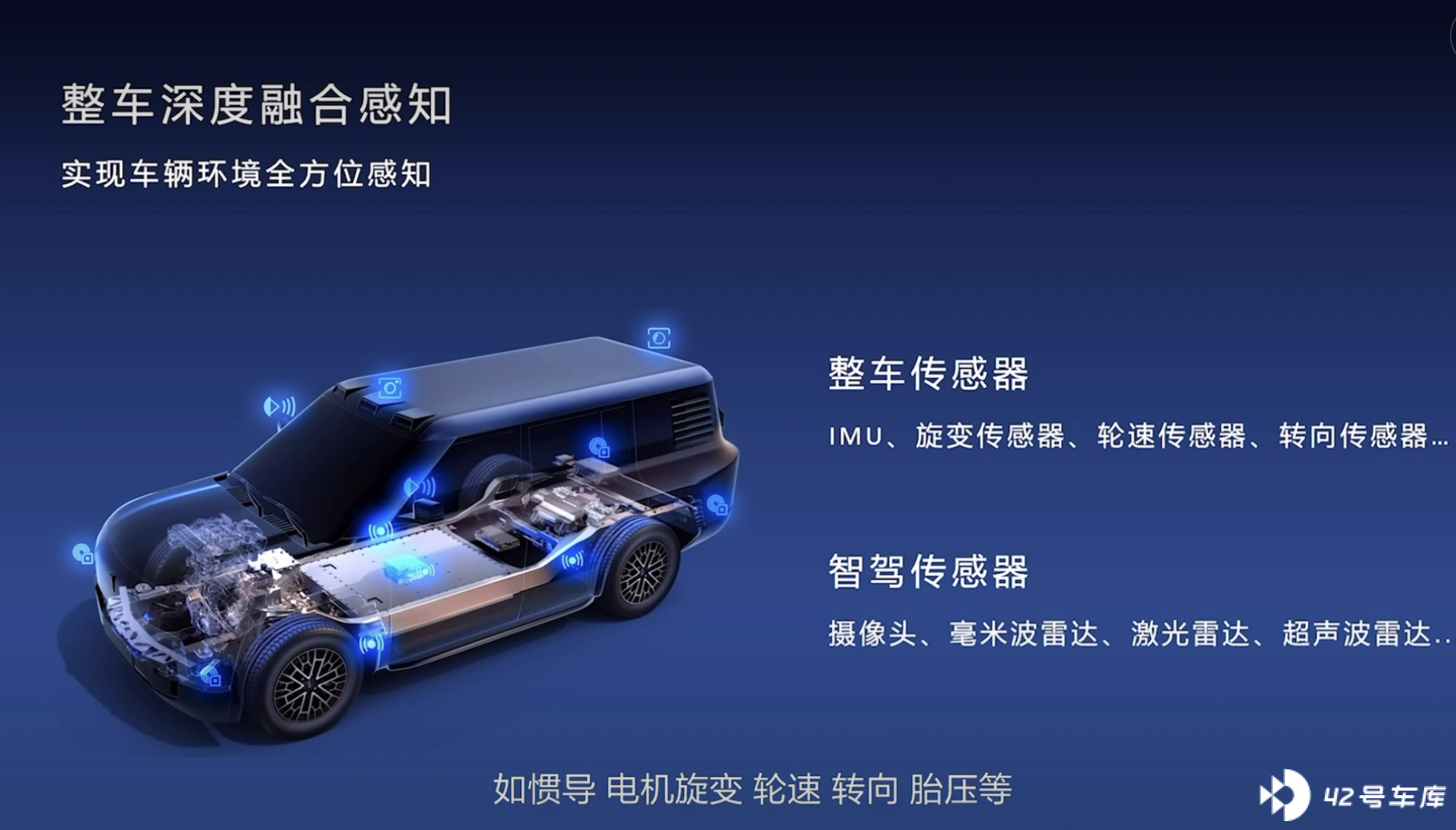
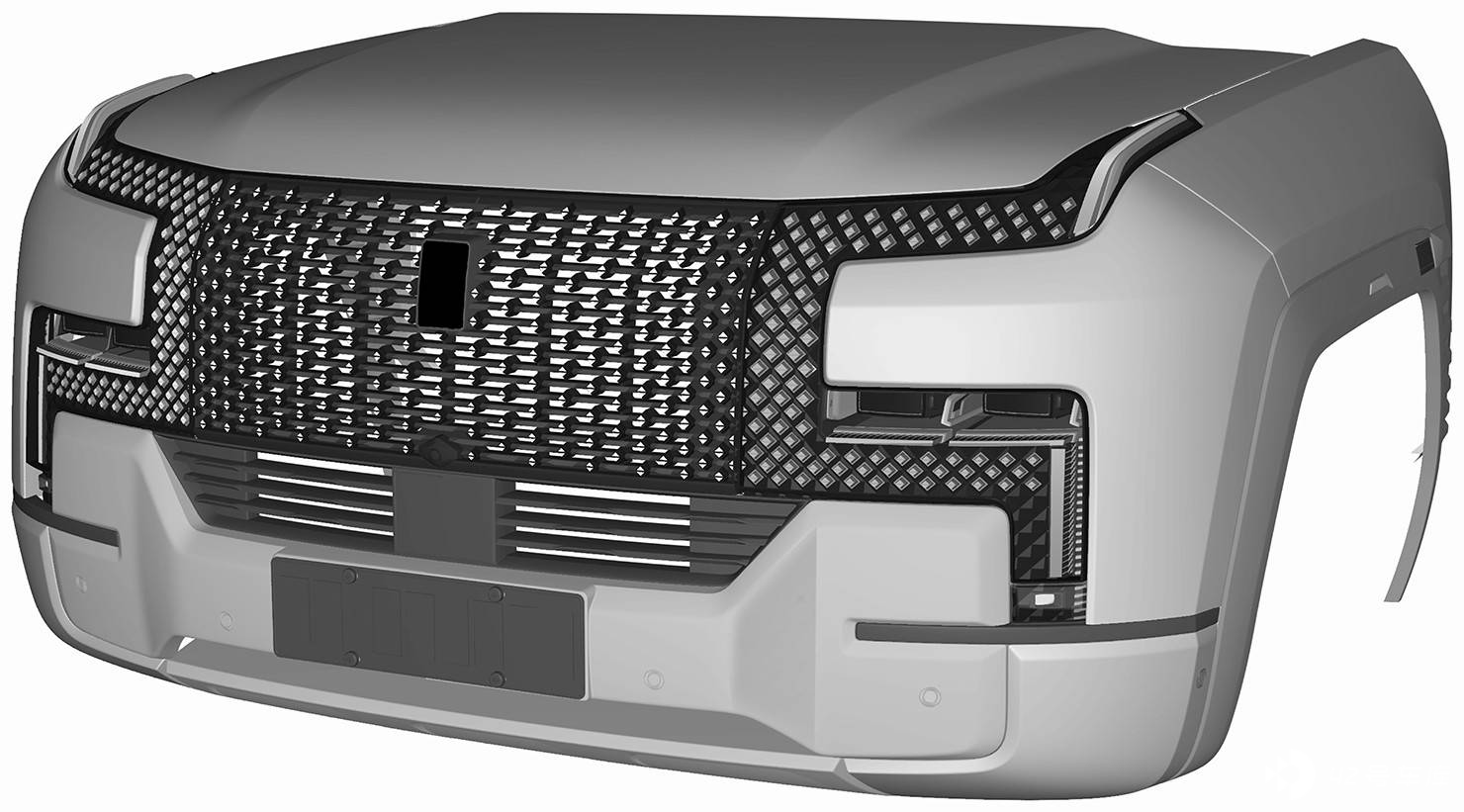
After introducing U8, Enovate also brought us a surprise – a supercar with a 2-second acceleration.
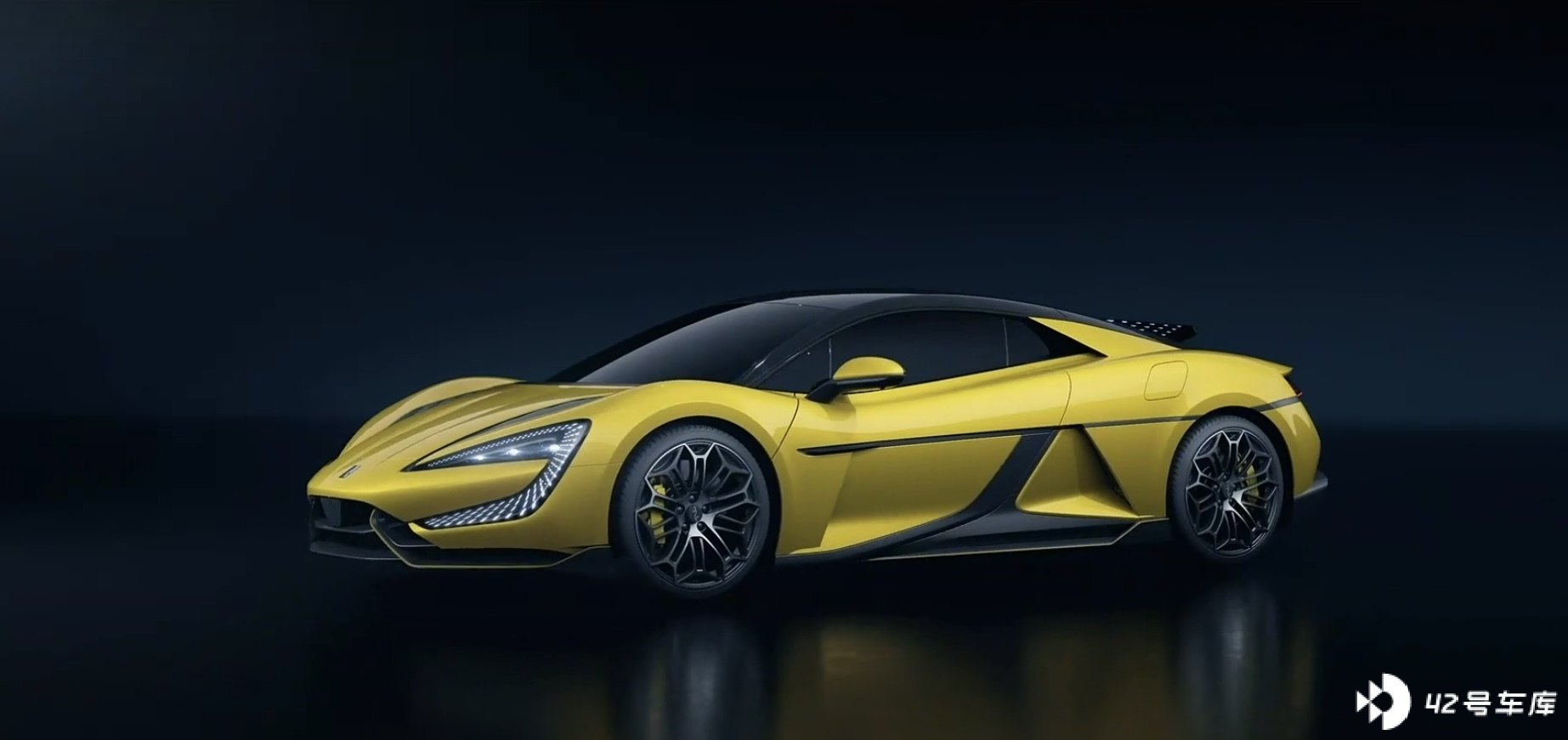
This supercar is named Enovate U9, and from the rendering, it can be seen that it is a mid-layout supercar similar to U8. It also uses the “Easy Four Square” platform, and is expected to use an 800 V silicon carbide motor with a single motor peak power of 220-240 kW and a torque of 320-420 N·m. However, the acceleration to 100 km/h takes only 2 seconds, which has already entered the performance range of the Ferrari SF90.
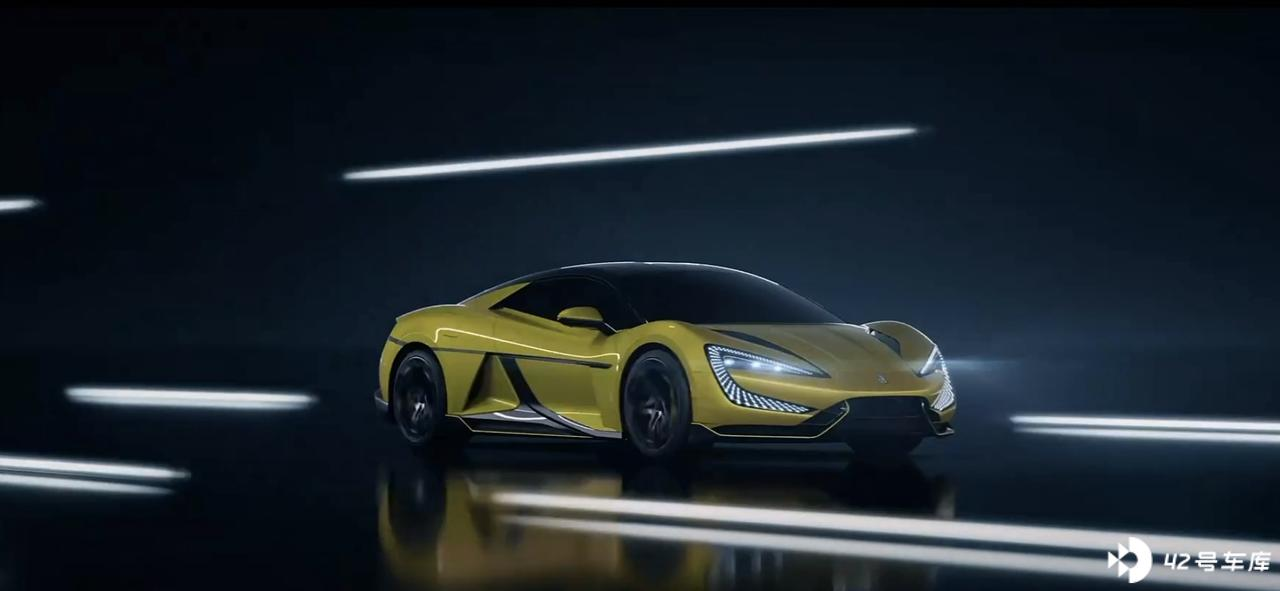
In terms of appearance, the Enovate U9 has a very exaggerated aerodynamic design. The specific body parameters have not been officially released yet. The point I like most about the appearance of the whole vehicle is the shark fin tail wing on the rear hood. Although I don’t know what effect it will have in aerodynamics, it looks very sci-fi visually.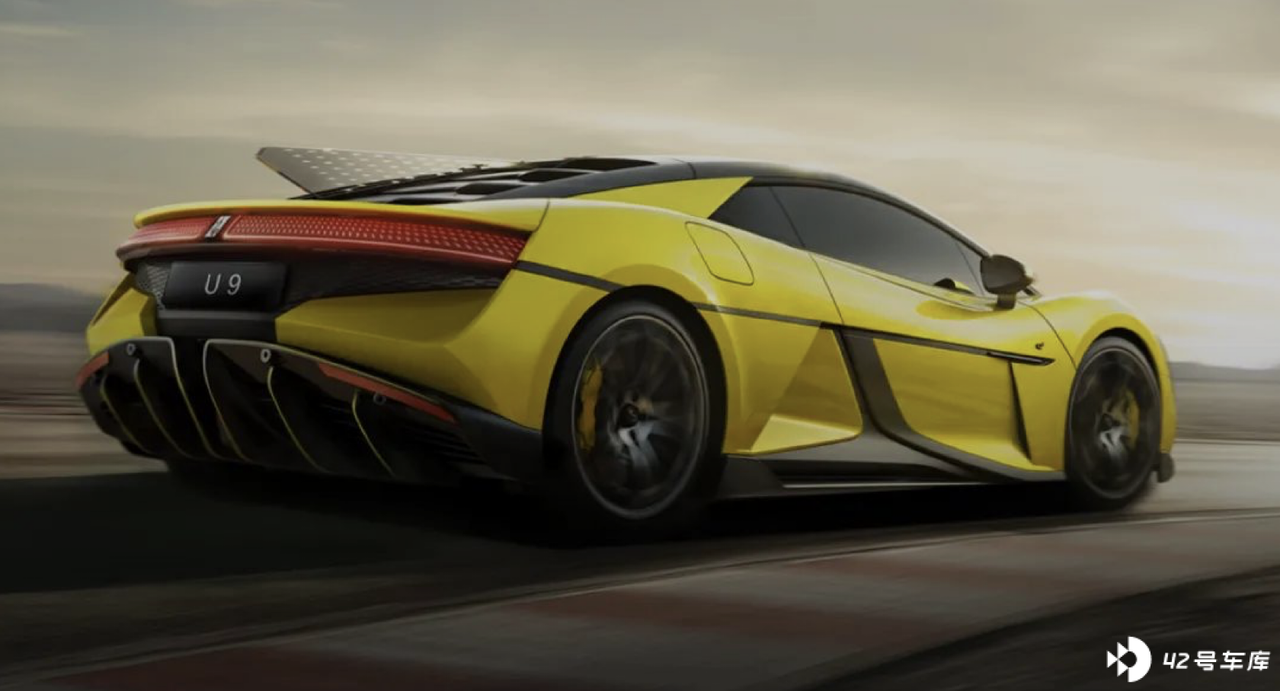
The car doors also feature the common butterfly-style opening used on supercars, which is eye-catching regardless of where it is parked.
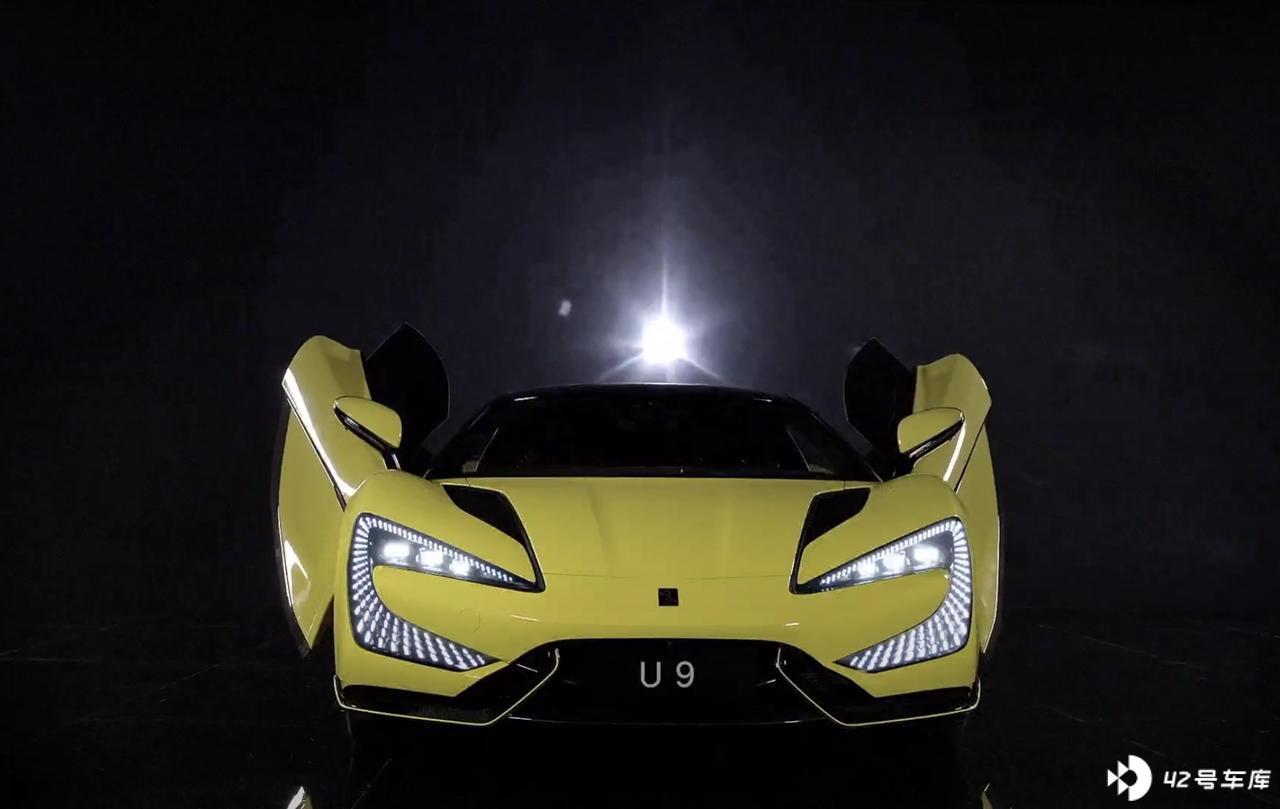
One thing that surprised me was that as a high-performance supercar, the front-wheel calipers of the U9 are axle-mounted, while the rear wheel calipers are axle-mounted with the electronic parking brake calipers located on the front of the rear axle. For a supercar that demands a perfectly centered and balanced weight distribution, this seems to contradict conventional wisdom.
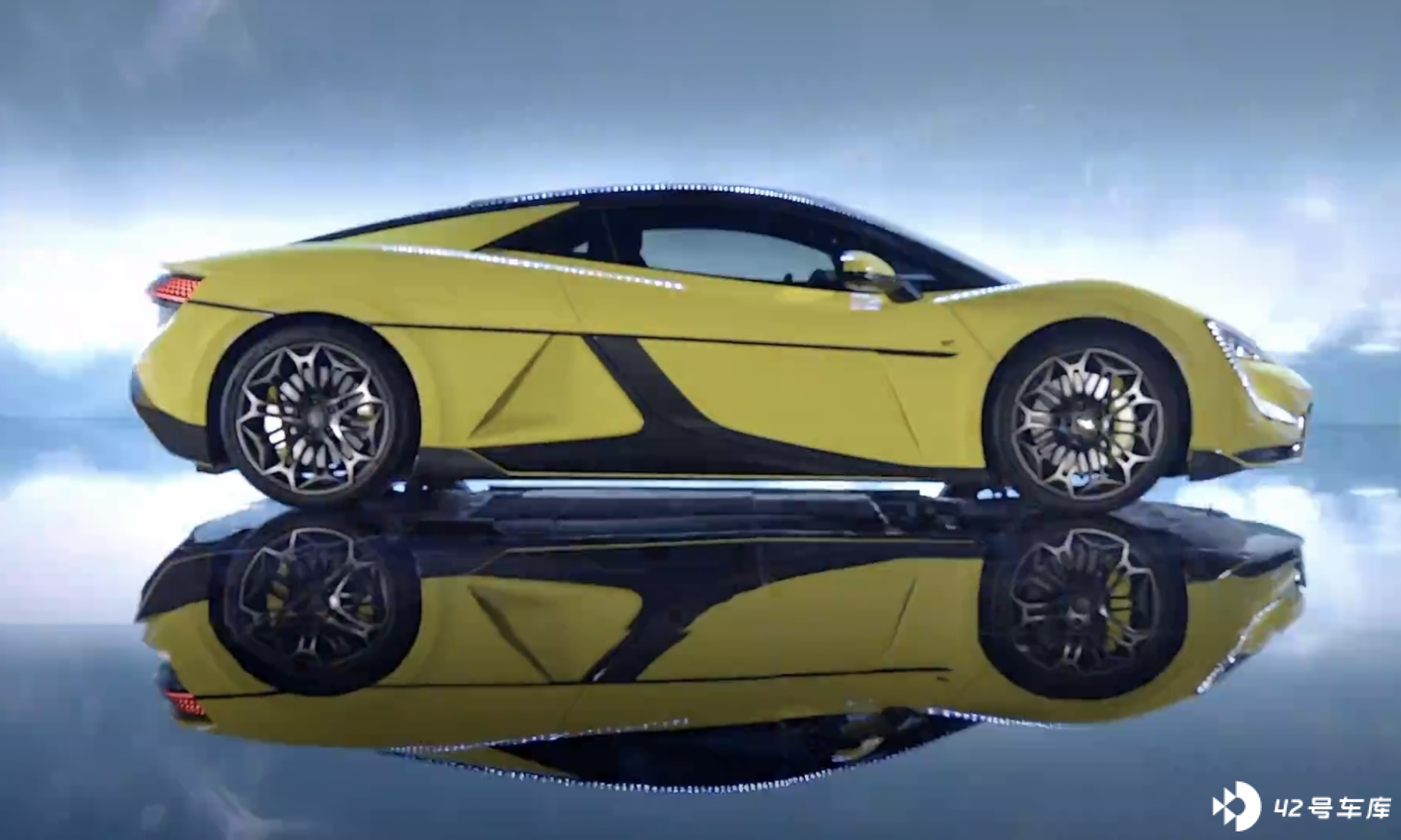
Quick Comment:
Though only two of its new cars were showcased and the “Easy Four” platform was introduced, Yange brand surprisingly targeted the ultra-luxury market, which is still too niche for most home-grown automakers to consider.
Taking Volkswagen as an example, mainstream brands like Volkswagen and Audi are the ones that generate mass revenue, while Lamborghini and Bentley are used to showcase brand technology and value.
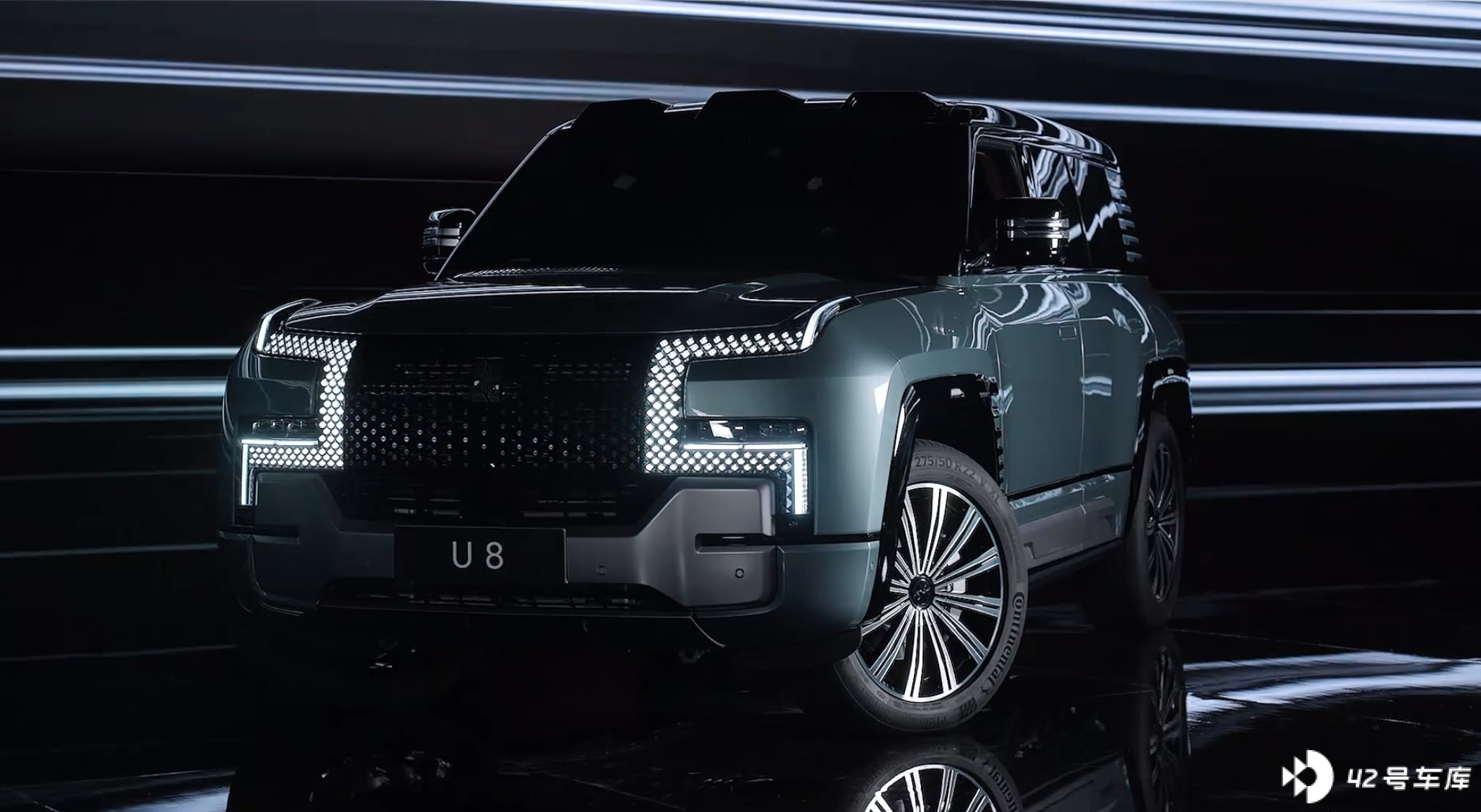
Although the “Easy Four” technology that Yange U8 boasts has some breakthroughs, it remains to be seen whether U8’s final performance, features, price, after-sales service and brand value can justify the million-dollar price tag that consumers are expected to pay.
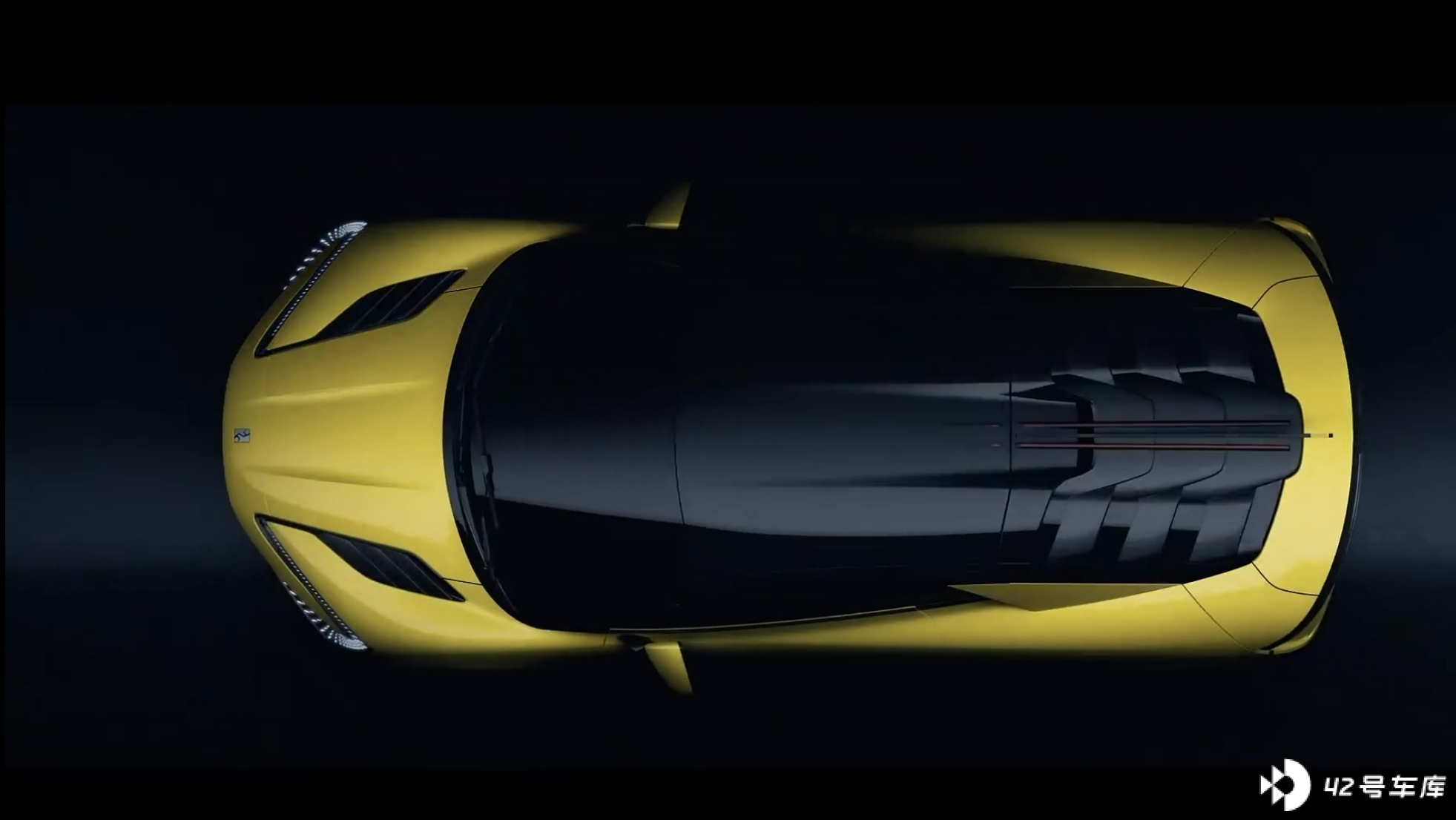
As a sports car, U9 does not look cheap either. Previously, both Zeekr and Qiantu tried to launch new energy sports cars, but the products did not meet market expectations due to the limited audience. Now, AIWAYS and Nio are also attempting to fill this gap in the sports car market. It seems that everyone still has ambitions to tap into the sports car market.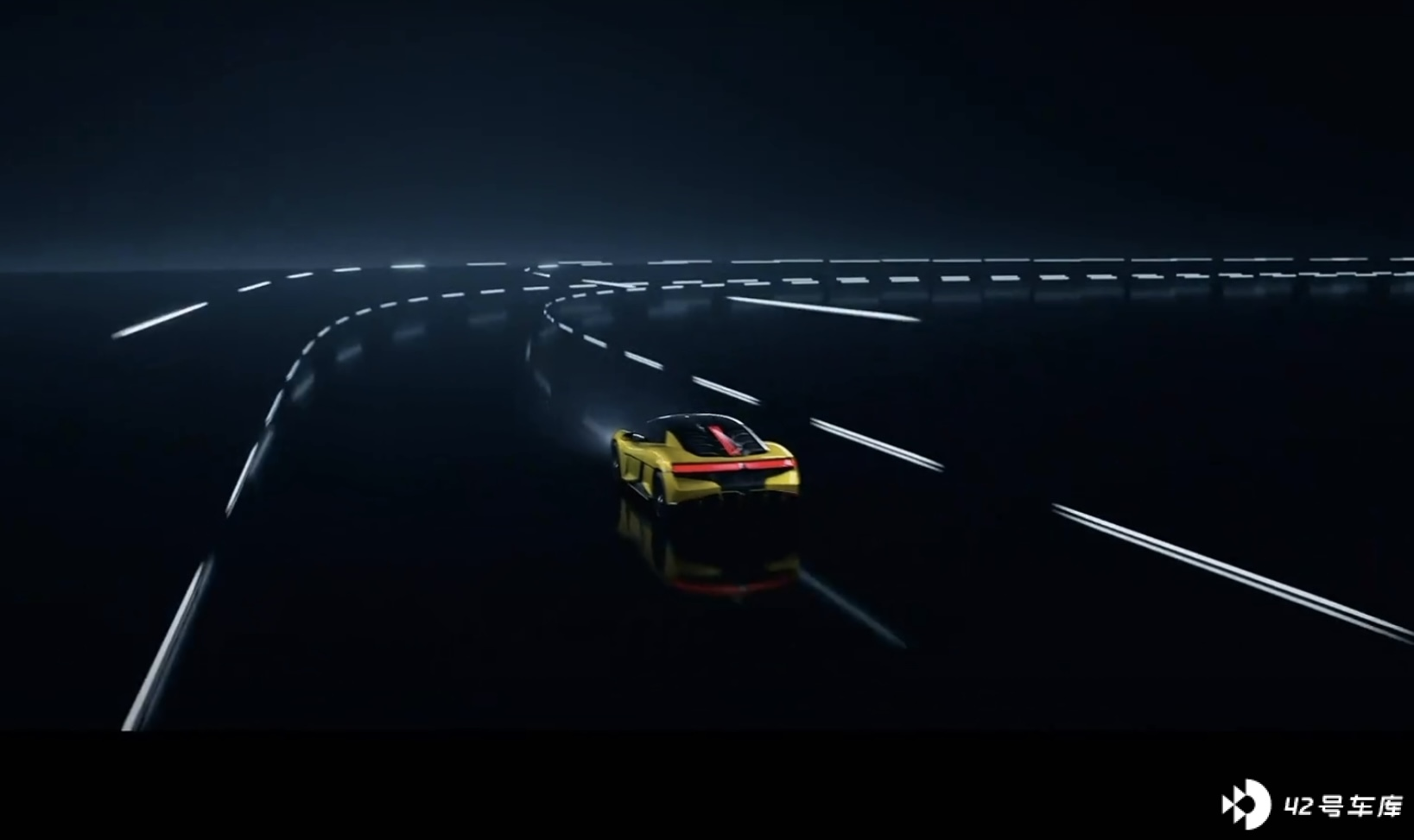
A press conference released a million-level hardcore SUV and a hypercar at one breath, which shows that BYD has the courage. At the same time, with the ambition to open up the high-end market, BYD, who has completed the annual sales of 1.86 million, will show their real strength.
Is Pure Electric Passat finally here? Volkswagen officially released ID.7
On January 4th, Volkswagen unveiled its latest model of the ID. family at the Consumer Electronics Show (CES) in Las Vegas, the Volkswagen ID.7, which will be positioned as a medium-sized pure electric car and is also the 6th model of the Volkswagen ID. family.

At present, the ID.7 officially released by Volkswagen is still in the stage of heavy camouflage, but it is not difficult to find that the ID.7 retains a lot of elements of the concept car ID. AERO in terms of exterior design.
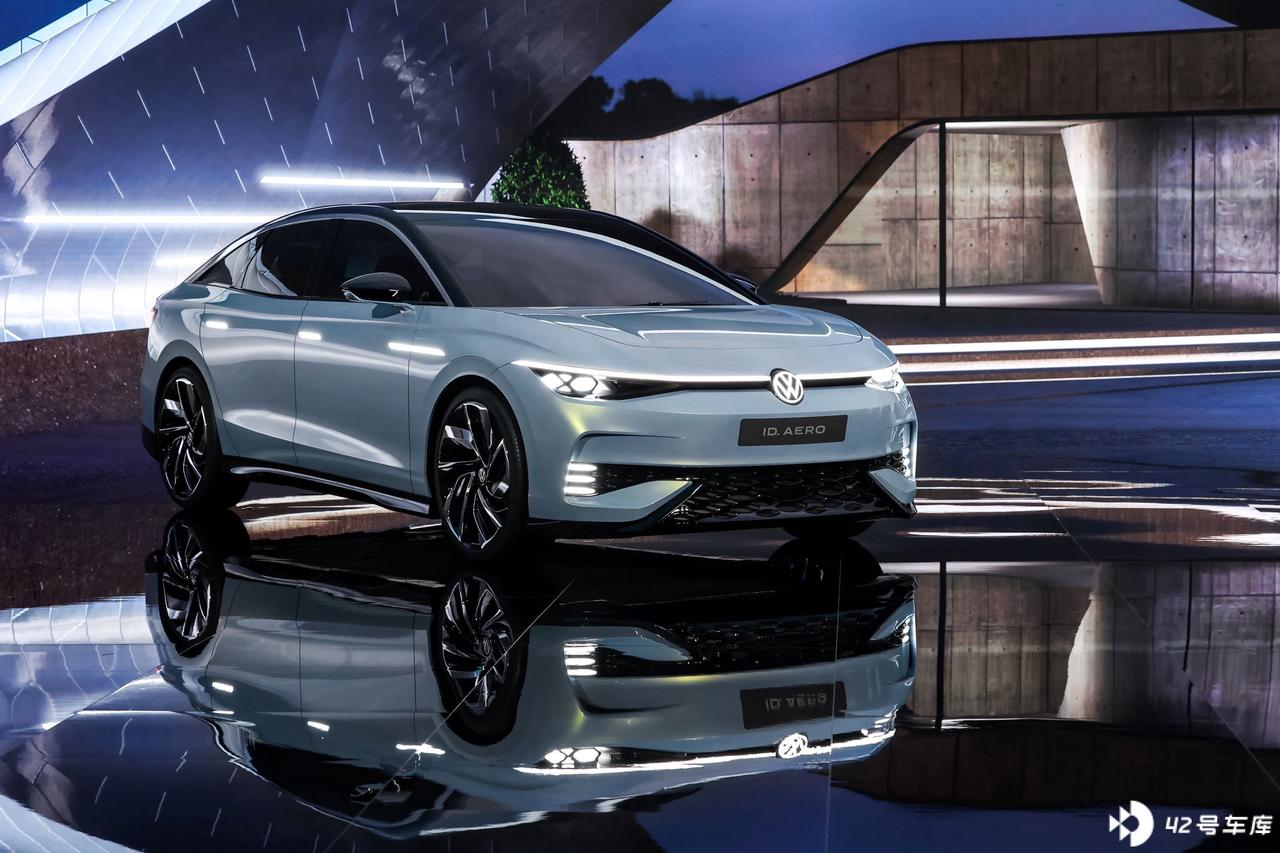
My favorite point of the disguised car’s appearance is the taillight design of ID.7. When the vehicle does not light up the taillights, the light group inside is a white rectangular shape; when it is turned on, it becomes a red integrated light strip, and careful observation shows that there are small embellishments inside, which looks very technological and powerful.
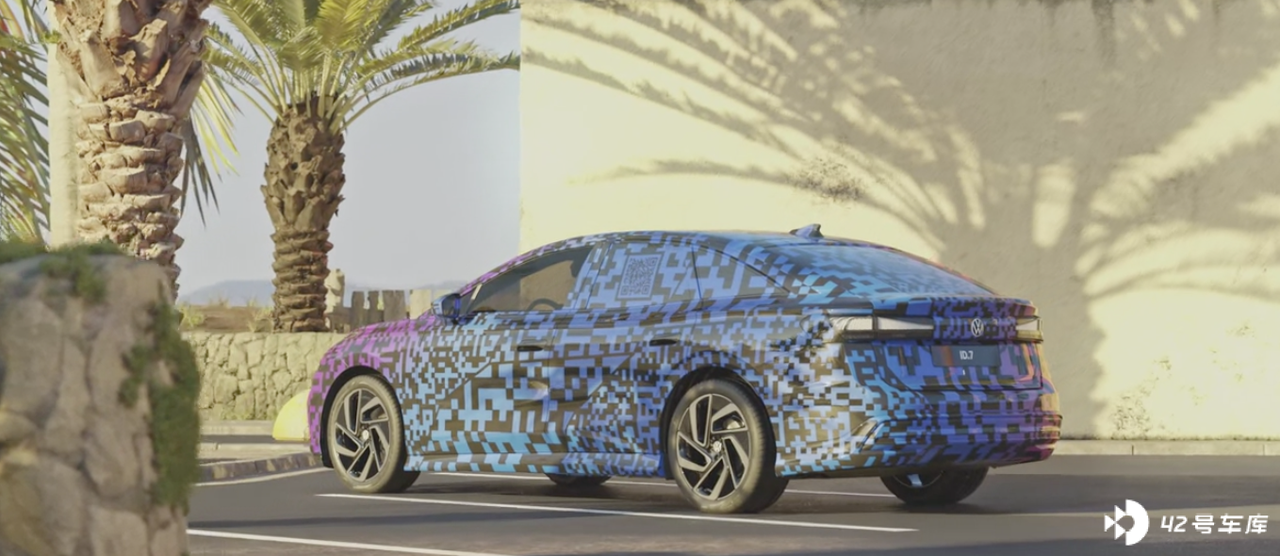

The ID.7 unveiled this time is in the form of a three-box sedan, and according to the design of the previous concept car, the wagon version of ID.7 will also be launched later. This is also Volkswagen’s consistent tradition in the strategic layout of mid-size cars.
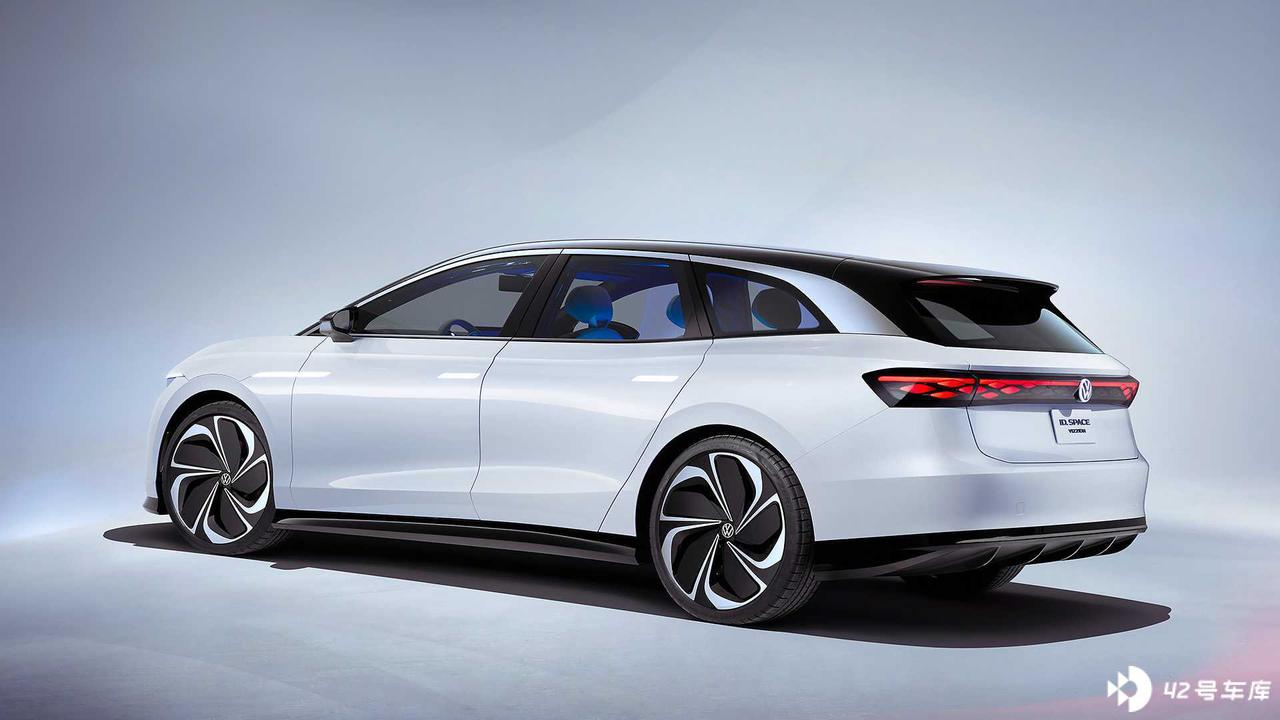
Volkswagen ID.7: Sleek, aerodynamic and electric
Volkswagen’s ID.7 features a sleek and aerodynamic design influenced by the ID. family. Although the company has not revealed the exact drag coefficient, the official WLTP range for the ID.7 is expected to be an impressive 700 km.
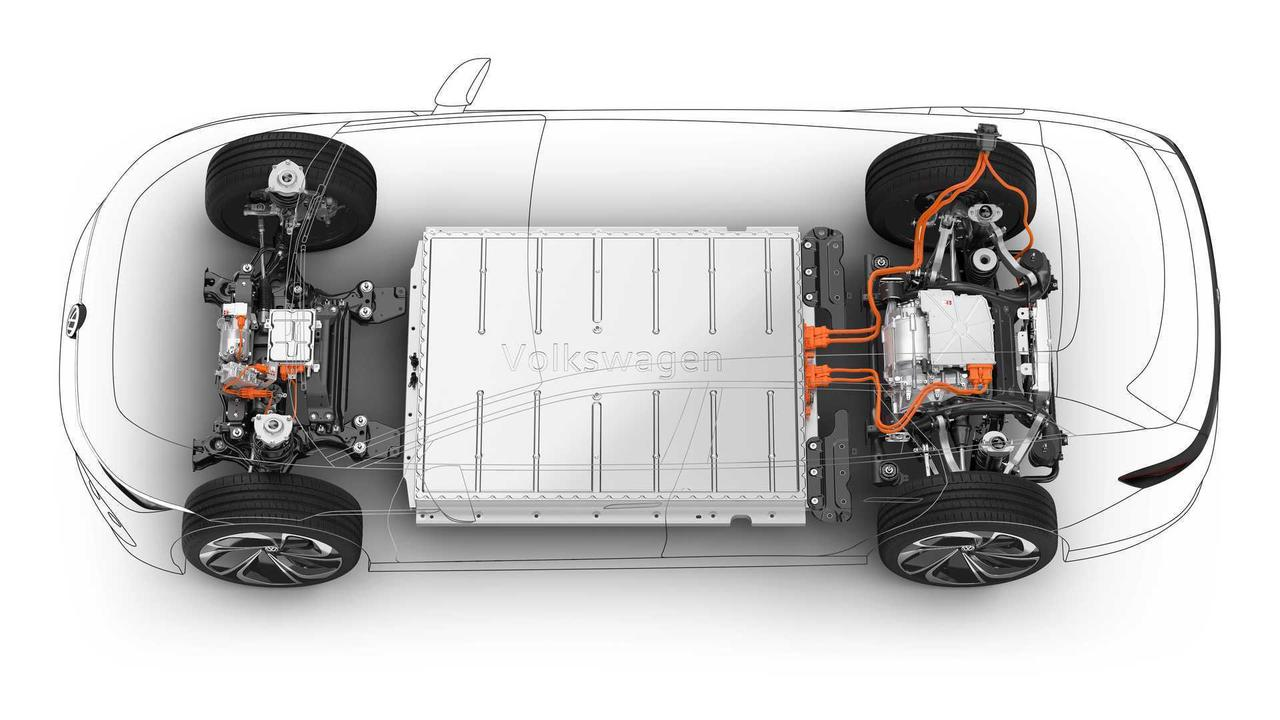
Compared to the ID.4/6, which use an 84.8 kWh battery, the ID.7 is expected to provide significantly improved range by offering the same 111 kWh battery as the long-wheelbase ID.Buzz.
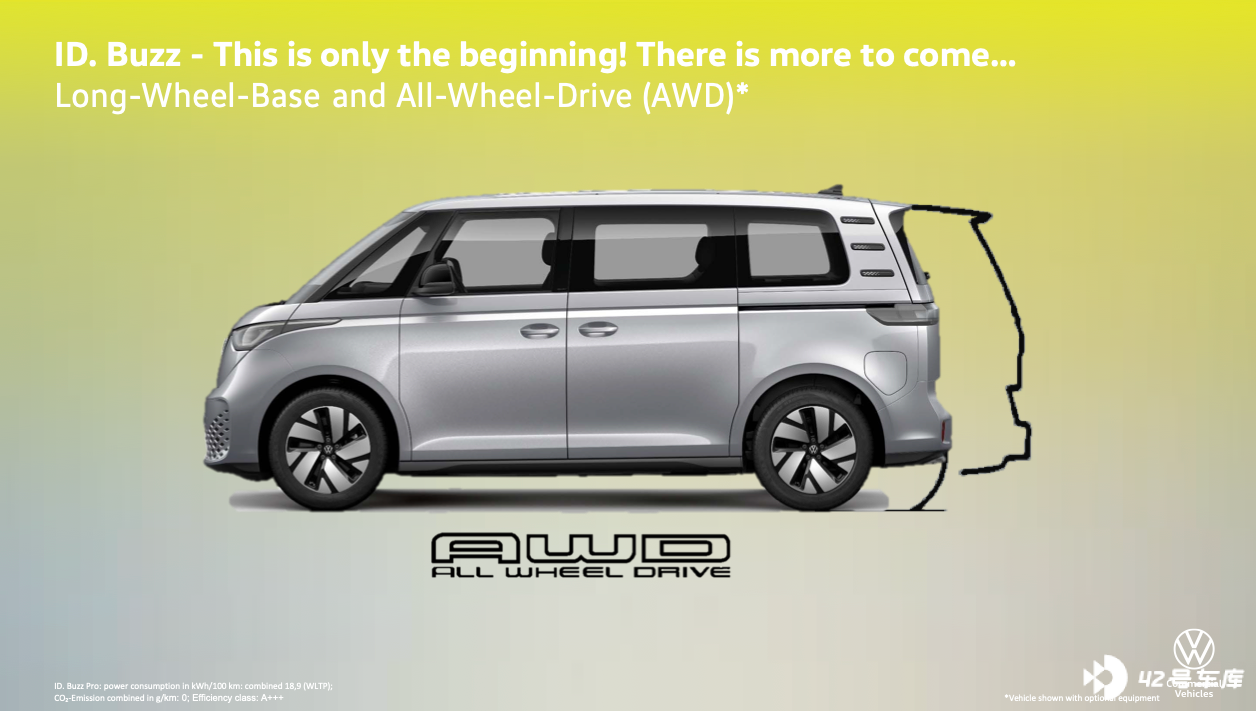
According to Volkswagen, the ID.7 uses the existing MEB electric platform and has a wheelbase of 2,970 mm, which is almost identical to the 2,965 mm wheelbase of the ID.6 X/CROZZ currently available in China. This extra 100 mm of length compared to the Passat and the Magotan available in China is a noticeable upgrade.
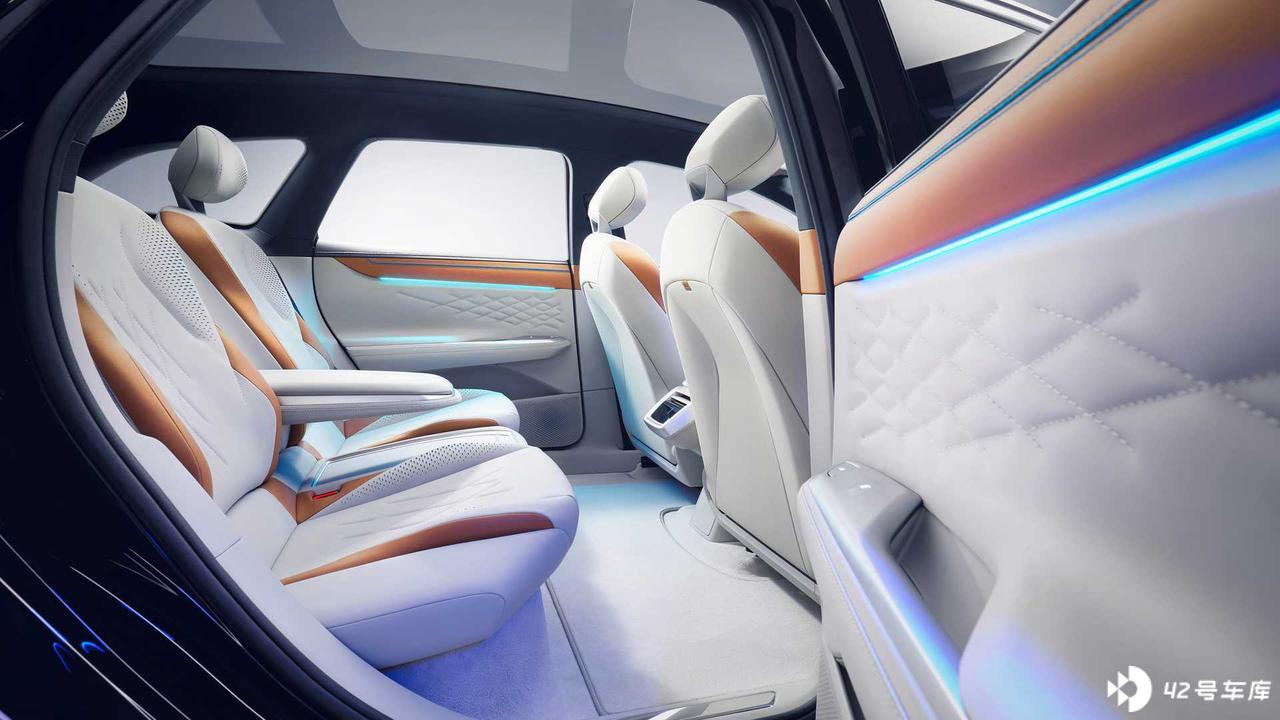
The biggest change in the ID.7 is the intelligent cockpit. The current ID.3/4/6, have received criticism for their poor user interface, unstable software, and limited functionality. Volkswagen has responded with a new user-friendly infotainment system on the ID.7, which features a larger 15-inch central display and a Dock bar that controls functions related to air conditioning and seat comfort.

The top of the screen includes software control, vehicle settings, automatic parking, driving assistance settings, and mode selection, while a customizable quick access bar can be added for frequently-used functions, improving overall usability and logic.
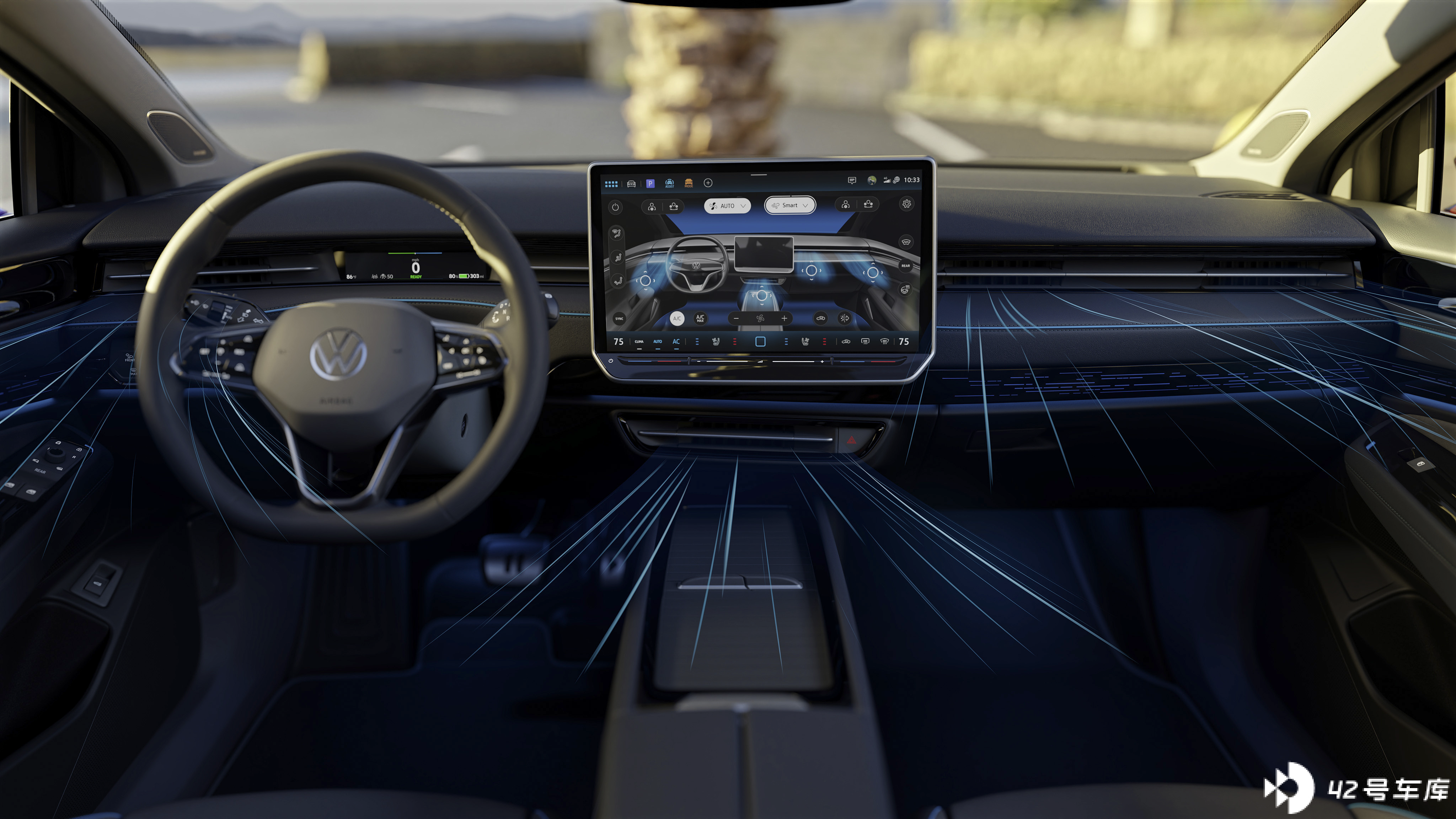
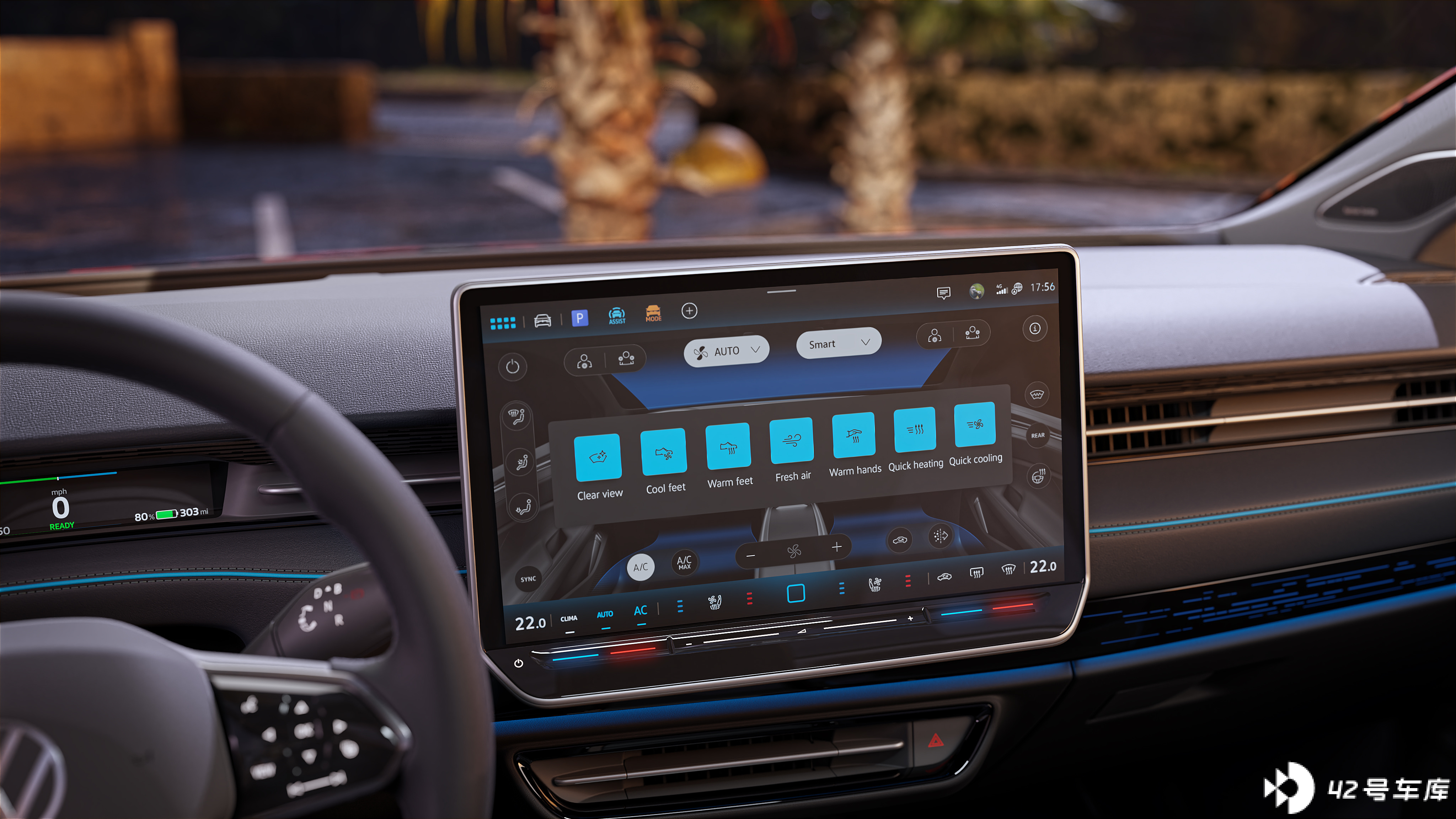
Volkswagen has introduced a “smart air outlet” with a new design on the air conditioning system, which is already common in new energy cars, such as Tesla Model 3 and Xpeng P7. The air flow in ID.7 can be set to blow towards the occupants or other directions, allowing for better air circulation within the car. The air flow can also be displayed in real-time on the central control screen.
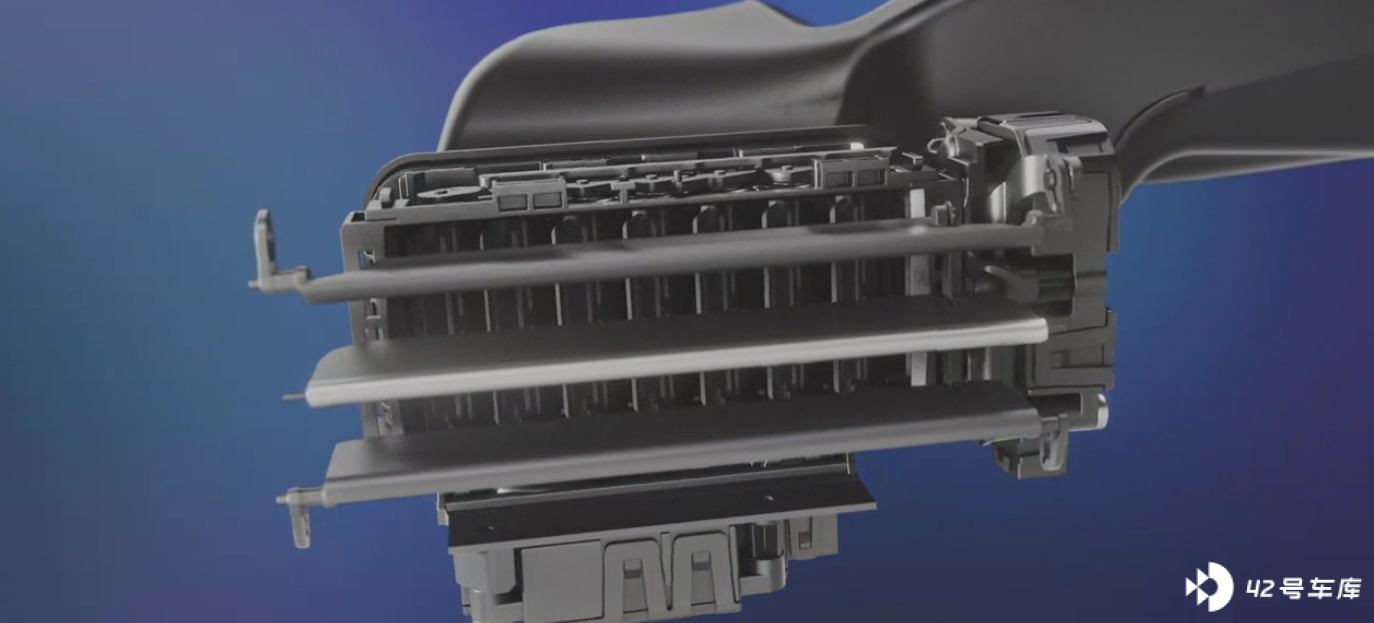
The “Hello Volkswagen” voice assistant in ID.7 has been improved with greater intelligence. According to Volkswagen, when users say “Hello Volkswagen, I feel cold”, the ID.7 will activate the steering wheel heating function and automatically direct hot air to the user’s hands. The improvement in semantic understanding has finally allowed Volkswagen’s vehicle system to become smarter.

In addition, the ID.7 now has illumination for its air conditioning and volume control touch buttons. In previous ID series models, due to the infrared sensing module at the bottom of the touch buttons, backlighting was not possible, resulting in frequent misoperation. The ID.7 has re-designed these buttons, making it more convenient to operate in the dark. Recent spy photos of the new generation Passat model and the mid-term facelift of the eighth-generation Golf also show that this design will be added.
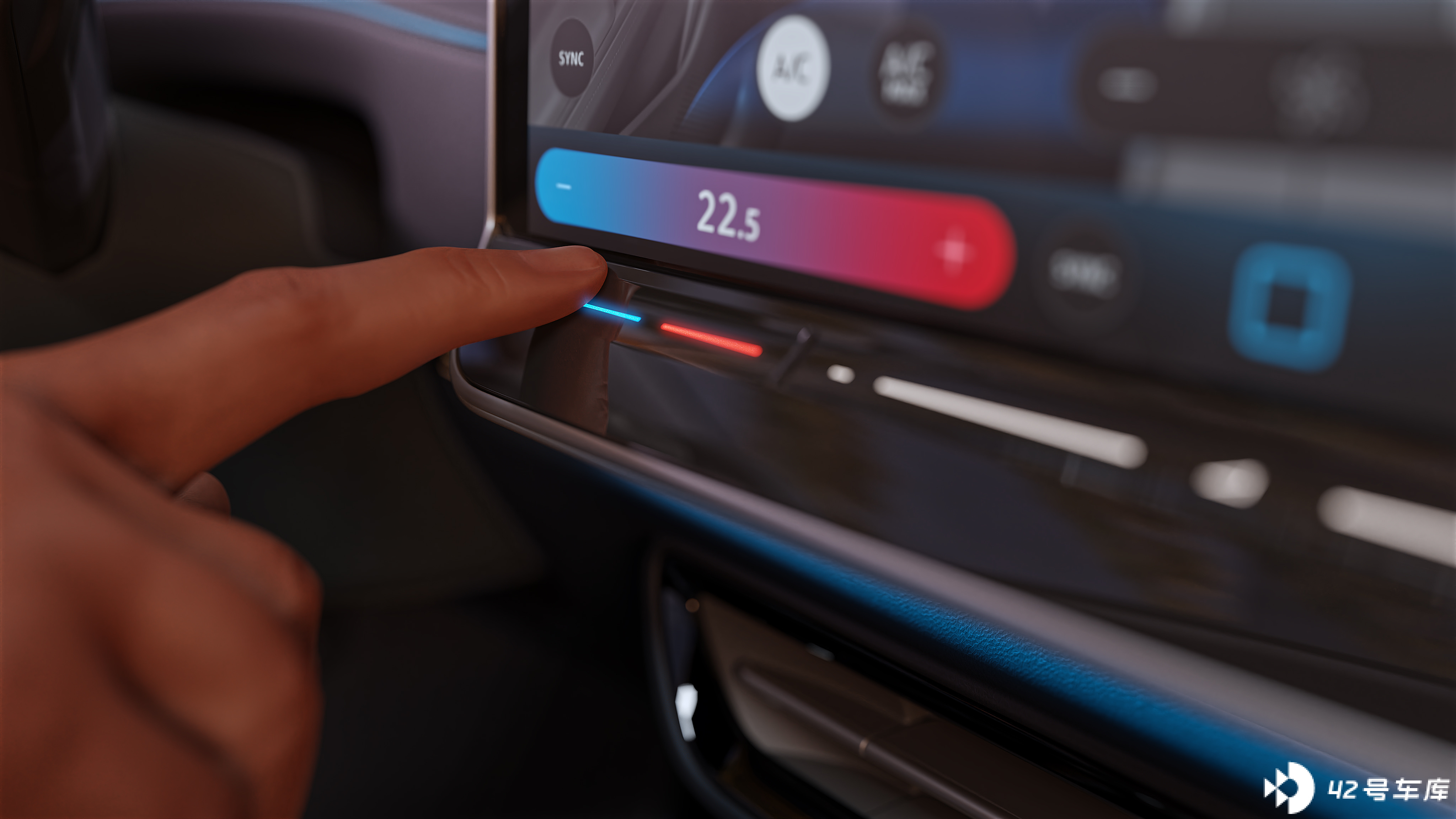
With the development of technology, more and more manufacturers are choosing to showcase their cutting-edge technology in their new products. However, over time, some manufacturers have forgotten the inherent practical nature of vehicles. Although Volkswagen’s design has deviated from practicality, it is commendable that Volkswagen has listened to the voice of its users and is actively improving its design.
 The mass-produced version of Volkswagen ID.7 is scheduled to make its global debut in the second quarter of this year, and will be introduced in the three major markets of China, the United States and Europe. The European-oriented ID.7 will be produced at Volkswagen’s Emden factory, which is the second MEB platform model to be put into production at Emden after the ID.4.
The mass-produced version of Volkswagen ID.7 is scheduled to make its global debut in the second quarter of this year, and will be introduced in the three major markets of China, the United States and Europe. The European-oriented ID.7 will be produced at Volkswagen’s Emden factory, which is the second MEB platform model to be put into production at Emden after the ID.4.
Regarding the Chinese market, Volkswagen revealed that the two joint ventures, FAW-Volkswagen and SAIC Volkswagen, will launch their own versions of the ID.7. Currently, it will be the FAW-Volkswagen ID.7 CROZZ and the SAIC Volkswagen ID.7 X, and there will also be localized improvements for the Chinese market.
Impression:
Currently, all models in the Volkswagen ID family are SUVs, lacking a sedan. With the release of the ID.7, it fills the gap in the sedan product line of the ID family.
Currently, the main competition in the Chinese mid-size and large-size pure electric sedan market is in the price range of 200,000 to 300,000 RMB. Tesla Model 3, XPeng P7, NIO ES6, Leapmotor C01, and BYD Han are all products with competitive advantages at this price point. Although the price of ID.7 has not been announced yet, it cannot avoid competing with the above opponents in China.
Voyah FREE Standard Version Offers a Free Replacement of the 8155 Chip and Paid Users Will Be Rewarded with Points
On January 6th, Voyah Motors held the first “You’re Right” direct response event, and provided feedback on the 680 suggestions put forward by Voyah users. They also formally announced a free replacement plan for the 8155 chip in the Voyah FREE Standard version and a free upgrade plan for the Voyah Dreamer Fast Charging version. The Voyah FREE Long Range version was also officially unveiled during the event.

Voyah announced that starting from January 6th, for owners who have purchased the Voyah FREE Standard version but have not yet upgraded to the 8155 chip, and users who are ready to buy the Voyah FREE Standard version, they can exchange the Intelligent Enjoyment Package for the upgraded 8155 chip in the Voyah official APP for 0.1 yuan or 1 point, and make an appointment for installation. For old users who have already paid to upgrade to the 8155 chip, Voyah will refund the cost to users in the form of points.Voyah said that the performance of Voyah FREE’s car machine would increase by three times and the power consumption would only be a quarter of the previous one after replacing the 8155 chip. The replacement car machine is smooth to use, and interactive functions such as navigation and voice respond quickly.

In addition, Voyah will soon launch OTA 3.0 for Voyah FREE to solve other problems that users have raised, such as Bluetooth key connection failures, and synchronizing Meituan and WeChat addresses to the car machine.
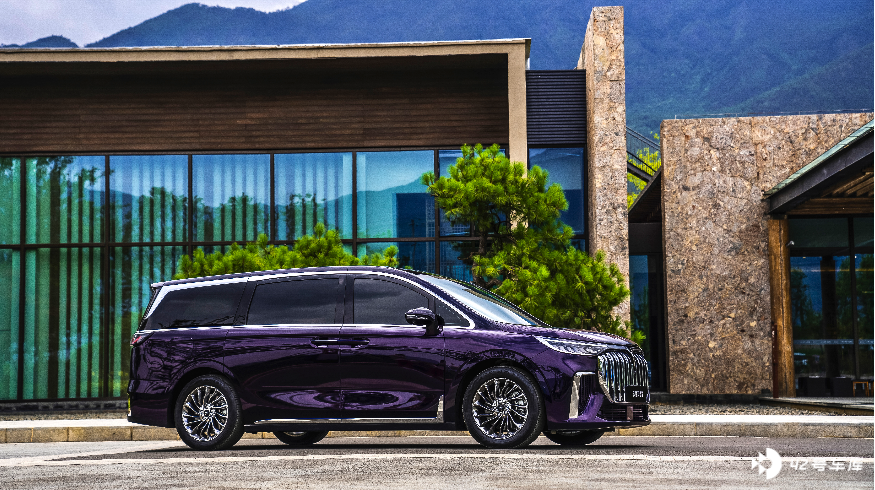
Moreover, the Voyah Dreamer low-carbon version fast-charging kit went online on the Voyah official mall on December 15th. Voyah will arrange to upgrade at the store in the order that users place their orders, and it is expected to start installing for users in early January.
From December 29th to January 3rd, Voyah launched a user feedback conference on the official community, inviting users to provide feedback and suggestions on their experience in using the car.
In the end, the event received 680 feedbacks, covering multiple areas including product, sales, service, brand, and operations, such as car machine jams, ugly car keys, and slow updates on the mall, etc. Voyah responded to 91% of user suggestions and will continue to track and promote problem-solving as planned. This event got praise from the majority of users.
Quick Comment:
After Zeekryin 001 and Ford Mastang announced the free upgrade of the 8155 chip, Voyah also joined in. Undoubtedly, this is good news for old car owners.
In addition, Voyah actively collects user feedback and opinions within the community, which reflects Voyah’s emphasis on user opinions and is worth learning for other car companies. As for when Voyah will solve the feedback problems one by one, we will wait and see.
This article is a translation by ChatGPT of a Chinese report from 42HOW. If you have any questions about it, please email bd@42how.com.
